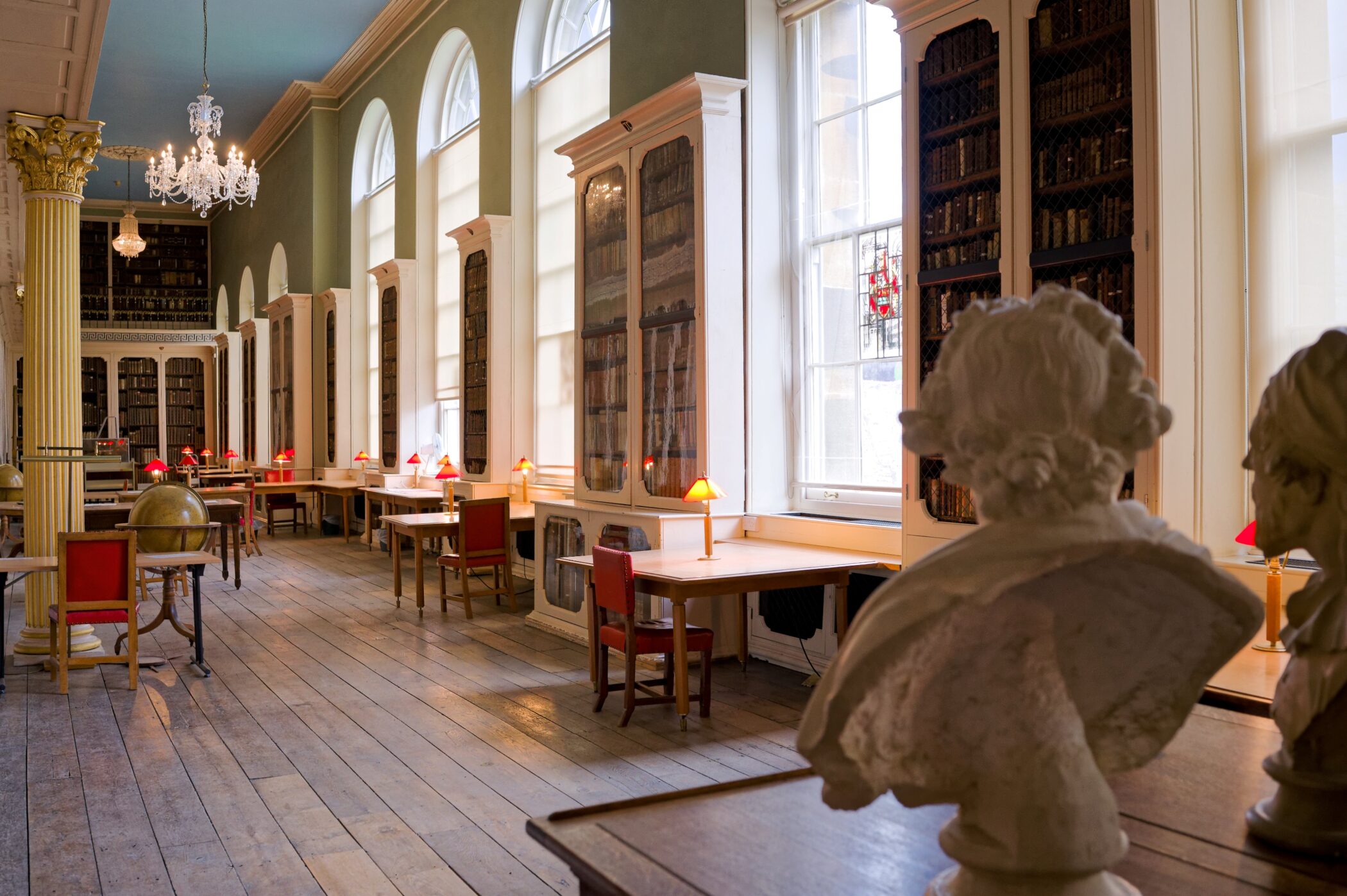Explore publications by Worcester Old Members on our alumni bookshelf. This page is organised chronologically by publication date, with the most recent books first.
Do you have a book you’d like to include? Email development@worc.ox.ac.uk to let us know.
2025

The Aeneid

The Aeneid
Translated by Scott McGill & Susannah Wright (2016, Visiting Student in Classics & English)
Rome’s epic origin story, brilliantly rendered in a vivid, rhythmic idiom.
Crafted during the reign of Augustus Caesar at the outset of the Roman Empire, Virgil’s Aeneid is a tale of thrilling adventure, extreme adversity, doomed romance, fateful battles, and profound loss. Through its stirring account of human struggle, meddling gods, and conflicting destinies, the poem brings to life the triumphs and trials that led to one of the most powerful societies the world has ever known. Unlike its Homeric predecessors, which arose from a long oral tradition, the Aeneid was composed by a singular poetic genius, and it has ever since been celebrated as one of the greatest literary achievements of antiquity.
This exciting new edition of the Aeneid, the first collaborative translation of the poem in English, is rendered in unrhymed iambic pentameter, the English meter that corresponds best, in its history and cultural standing, to Virgil’s dactylic hexameter. Scott McGill and Susannah Wright achieve an ideal middle ground between readability and elevation, engaging modern readers with fresh, contemporary language in a heart-pounding, propulsive rhythm, while also preserving the epic dignity of the original. The result is a brisk, eminently approachable translation that captures Virgil’s sensitive balance between celebrating the Roman Empire and dramatizing its human costs, for victors and vanquished alike. This Aeneid is a poem in English every bit as complex, inviting, and affecting as the Latin original.
With a rich and informative introduction from Emily Wilson, maps drawn especially for this volume, a pronunciation glossary, genealogies, extensive notes, and helpful summaries of each book, this gorgeous edition of Rome’s founding poem will capture the imaginations and stir the souls of a new generation of readers.

Britain Alone: The Path from Suez to Brexit

Britain Alone: The Path from Suez to Brexit
By Philip Stephens (1971, Modern History)
A magisterial and profoundly perceptive survey of Britain’s post-war role on the global stage, from Suez to Brexit. How might we celebrate Britain’s undoubted strengths while accepting that we have slipped from the top table? How can we act as a great nation while no longer pretending to be a great power? How might we be European and global?
In 1962 the American statesman Dean Acheson famously charged that Britain had lost an empire and failed to find a new role. Nearly sixty years later the rebuke rings true again. Britain’s postwar search for its place in the world has vexed prime ministers and government since the nation’s great victory in 1945: the cost of winning the war was giving up the empire.
After the humiliation of Anthony Eden’s Suez expedition, Britain seemed for a time to have found an answer. Clinging to its self-image as a great island nation, it would serve as America’s best friend while acknowledging its geography by signing up to membership of the European Union. Never a comfortable balancing act, for forty years it appeared to work. In 2016 David Cameron called the Brexit referendum and blew it up.
Award-winning journalist Philip Stephens paints a fascinating portrait of a nation struggling to reconcile its waning power with past glory. Drawing on decades of personal contact and interviews with senior politicians and diplomats in Britain, the United States and across the capitals of Europe, Britain Alone is a vivid account of a proud nation struggling to admit it is no longer a great power. It is an indispensable guide to how we arrived at the state we are in.

The Alchemist of Genoa

The Alchemist of Genoa
By David Breakell (1971, Jurisprudence)
It is February 1587. In England, Mary, Queen of Scots, is beheaded on the orders of the Privy Council. In Spain, Philip II plans his ‘Enterprise of England’: an invasion to remove Queen Elizabeth and reinstate the Catholic faith. As rumours of all-out war circulate, Genoa’s bankers and merchants wait – and watch. What they do not know is that a ‘cold war’ is already under way, and their city – Europe’s leading financial centre – is a key battleground.
Nico Castello, a man from humble parentage who has clawed his way to wealth and position in Genoa, is under pressure to choose sides. The Republic’s leaders, the Church, his fellow bankers and even his bride Lisa Della Volta, expect him to ally himself with the Spanish cause. But when his brother is threatened with blackmail and a customer of his bank is murdered, Nico decides that those responsible, however powerful, must be held to account. His principles could cost him his marriage, every penny he has, even his life.

Wreckers: Disaster in the Age of Discovery

Wreckers: Disaster in the Age of Discovery
By Professor Simon Park (2007, Modern Languages)
Wreckers sinks the old narratives of imperialism, revealing the violent, chaotic and improvised reality of empire-building from the fifteenth to seventeenth centuries.
While figures such as Christopher Columbus, Vasco da Gama and Ferdinand Magellan are celebrated for their maritime achievements – reaching the Americas, India, and circumnavigating the globe – focusing solely on these voyages distorts our perspective on the past. Many explorers ended up as castaways, clinging to the splintered timbers of their wrecked ships, while those who survived often faced resistance and ridicule from indigenous communities across the globe.
Drawing on maritime stories from various languages and continents – from Brazil and Southeast Africa to India and the Philippines – Wreckers shares dramatic tales of the sea and the events on land that followed. This offers an alternative timeline for the century after Columbus’ 1492 voyage and sheds light on the fractures and fault lines that accompanied the increasing geographical range of European ships.
Simon Park argues that even when Europeans arrogantly claimed their own superiority, the truth was that they were often driven by a profound sense of greed and envy, and their actions included numerous mishaps. For example, in his hunt for gold, Martin Frobisher – who fancied himself England’s Columbus and Cortés combined – transported worthless rocks across the Atlantic by the tonne. In the search for spices, Captain and profiteer Manuel de Sousa de Sepúlveda’s ship was so overladen, it spewed its fragrant cargo when it crashed off the coast of South Africa. Moreover, in every place they went, Europeans depended on local know-how and goodwill – relying on indigenous knowledge of languages, geography, food and medicines.
Wreckers reveals the precarious balance between imperious European powers, cunning locals who colluded to further their own agendas, and others who showed great tenacity in their resistance to European incursions. By focusing on stories of failure, defiance and comeuppance, Wreckers – a term Park uses to refer both to those who were wrecked and those involved in wrecking – offers a gripping and original account of a tumultuous period. It challenges the notion of unstoppable European dominance and enables a reimagining of history as a space of possibilities then, now and in the future.

While the Music Lasts: A Memoir of Music, Grief and Joy

While the Music Lasts: A Memoir of Music, Grief and Joy
By Dr Emily MacGregor (2011, MSt & DPhil Music)
After her jazz guitarist father’s sudden death, Emily MacGregor, a music historian and trombonist, finds herself unable to listen to, let alone play, study or enjoy, music. It is only when she starts to work through the pieces left behind on her father’s music stand – a journey from tangos to Handel, Cadiz to Coltrane – that she begins to understand why her body and mind are rejecting the thing that bound them, and she is able leave the numb silence behind and find joy in sound once again.
‘It’s curious that we don’t really understand why music is able to tip us over the edge. If you want to feel totally overpowered by grief, reach for some music. If you want to feel close to the person who’s died, there’s music that will take you there.
That’s because music is a thing we inhabit … And it’s seriously powerful. But it’s not always desirable. It starts to feel like you can come apart anywhere.’
Dr Emily MacGregor is a writer, broadcaster and music historian based at King’s College London. She features regularly on BBC Radio 3 and 4, and has written for the Guardian. Emily cohabits in London with an unapologetically fluffy dog.
‘Emily MacGregor takes two things people are often scared of – classical music, and death – and makes them winningly accessible, warm, funny and real. This book is as finely tuned as the very best of orchestras. I loved it.’
Alice Vincent, author of Rootbound: Rewilding a Life, and Why Women Grow

Prosecuting the Powerful

Prosecuting the Powerful
By Steve Crawshaw (1973, Russian & German)
Could we ever see Vladimir Putin in the dock for his crimes? What about a Western ally like Benjamin Netanyahu? Putting a country’s leader on trial once seemed unimaginable. But as Steve Crawshaw describes in Prosecuting the Powerful – a blend of powerful eyewitness reporting and gripping history – the possibilities of justice have been transformed.
Crawshaw includes recent stories from the front lines of justice in Ukraine, Israel/Palestine and at The Hague, as well as his earlier encounters with war criminals like Slobodan Milošević. He tells the stories of those who have demanded protection for civilians and accountability for war criminals – from the Swiss businessman who is the reason why we have the Geneva Conventions today and the prosecutors at Nuremberg to the Syrian police photographer who helped put one of Bashar al-Assad’s torturers behind bars. He also follows the extraordinary unfolding story of two of the world’s most powerful and well-connected leaders currently under indictment at the International Criminal Court in The Hague.
From Gaza to Bucha and beyond, survivors seek justice for the crimes committed against them. But for that to happen, governments must finally abandon their double standards and have the courage to support prosecutions of those who commit atrocities, whether opponents or allies.
For all the current darkness, this is a historic opportunity. The scales of justice can and must be balanced. Now is the moment.

The Orders, Decorations & Medals Of The United Arab Emirates

The Orders, Decorations & Medals Of The United Arab Emirates
By Owain Raw-Rees (1978, Theology)
This book is the first substantial fully illustrated work in English language on the orders, decorations, medals and civic prizes of the United Arab Emirates. Drawing from the archives of Thomas Fattorini Ltd. and Spink & Son Ltd., as well as private collections and translations of instituting laws and decrees to compile a definitive reference to UAE honours system. Much of the information has never been published or translated into English before, making this an essential resource for collectors and historians.
Owain Raw-Rees is also the author of Solomonic Decorations and Somalia – The Awards of a Fallen State.
2024

Landslide: The Inside Story of the 2024 Election

Landslide: The Inside Story of the 2024 Election
By Tim Ross (1997, English) and Rachel Wearmouth
On 22 May 2024, Rishi Sunak stood outside 10 Downing Street and announced an early election, in an attempt to catch his opponents by surprise. Just minutes later, Tory hearts sank, with images of the Prime Minister soaking in the rain instantly defining his hapless campaign. The next six weeks delivered more mistakes, a betting scandal, apocalyptic Tory polls, bitter backroom arguments and finally the worst result in the Conservative Party’s 190-year history.
Keir Starmer’s Labour, meanwhile, stormed to victory with one of the biggest landslides on record after fourteen years in the wilderness. But the party won with its fewest votes in almost a decade, raising questions about how popular Starmer really was. Scotland’s voters abandoned the SNP, Ed Davey’s Lib Dems surged to their best election ever and Nigel Farage once again blew up the Conservative Party’s plans.
This gripping account by seasoned Westminster journalists Tim Ross and Rachel Wearmouth tells the full inside story of the key tactics and powerful forces that delivered the most seismic upheaval in a generation. What role did Starmer’s character play in his party’s success? How did Labour’s election machine engineer such a devastatingly efficient vote? Was there anything Sunak could have done to avert disaster? What does it all mean for the future of Britain?
Blending exclusive interviews and explosive accounts from key players, Landslide sets out to answer these questions and more, revealing a dramatic and sometimes disturbing picture of British politics at a turbulent time.
Other books by Tim Ross include Betting the House (2017) and Why the Tories Won (2015).

Recognising the Stranger

Recognising the Stranger
By Isabella Hammad (2009, English)
Award-winning author of The Parisian and Enter Ghost Isabella Hammad delivered the Edward W. Said Lecture at Columbia University nine days before 7 October 2023. The text of Hammad’s seminal speech and her afterword written in the early weeks of 2024 together make up a searing appraisal of the war on Palestine during what feels like a turning point in the narrative of human history.
Moving and erudite, Hammad writes from within the moment, shedding light on the Palestinian struggle for freedom. Recognising the Stranger is a brilliant melding of literary and cultural analysis by one of Granta’s Best of Young British Novelists and a foremost writer of fiction in the world today.
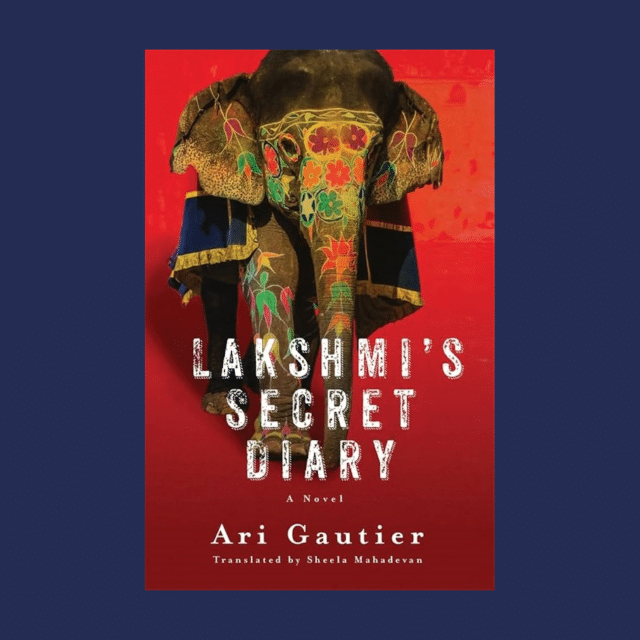
Lakshmi's Secret Diary
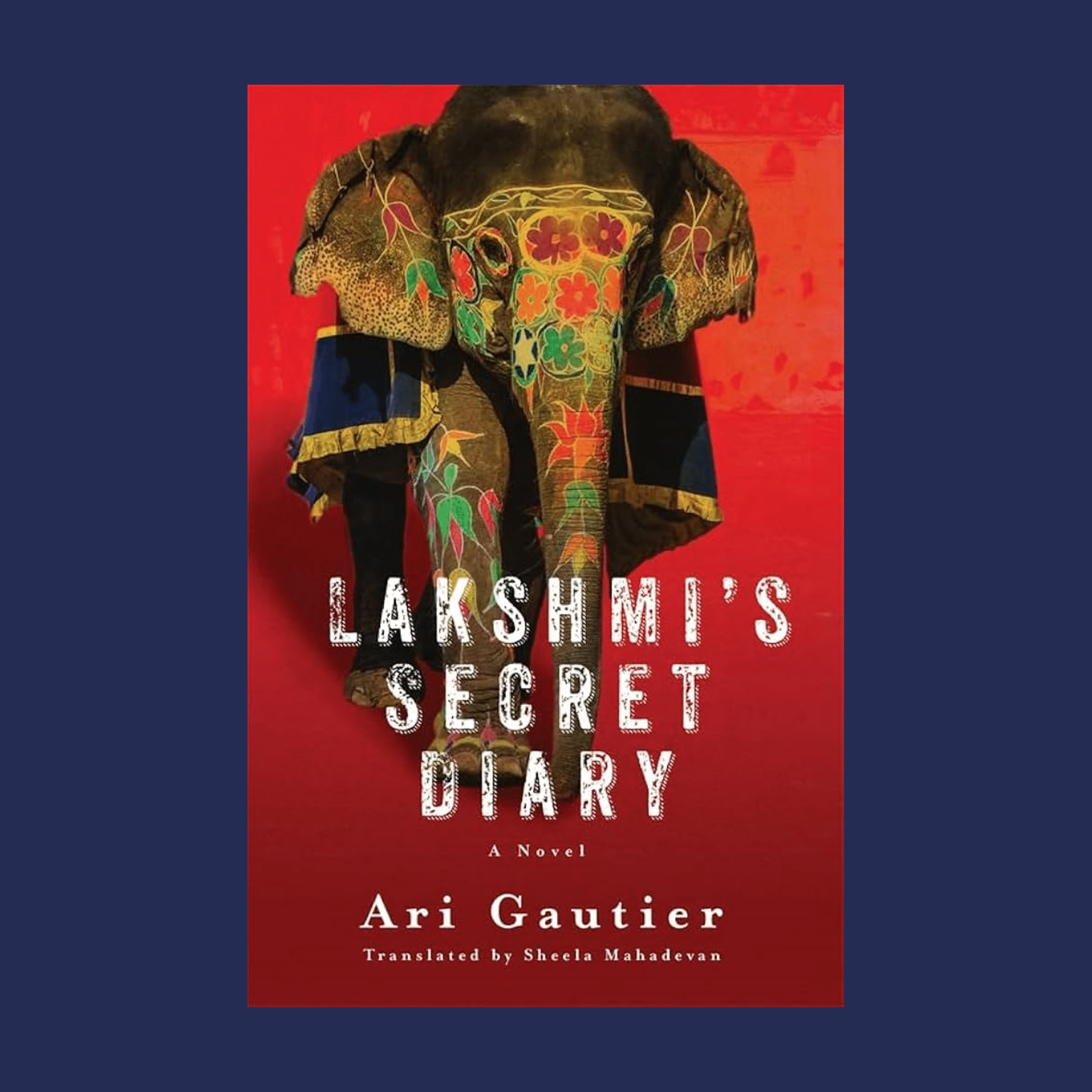
Lakshmi's Secret Diary
Translated from the French by Sheela Mahadevan (2012, French & German)
Hailed as a ‘a magnificent and original novel’ by Maryse Condé, Lakshmi’s Secret Diary by Ari Gautier, translated from the French by Sheela Mahadevan, was published by Columbia University Press in August 2024. In this remarkable novel, a temple elephant named Lakshmi debates free will with a three-legged dog named Tripod Dog Baba and a flying fish called Alphonse. Seeking to escape captivity, Lakshmi sets out on a stirring journey toward freedom.
Lakshmi’s Secret Diary is an Indian Francophone novel set in Pondicherry, the former capital of French India. Blending philosophical meditations, retellings of Sanskrit mythology, and social critique, Ari Gautier tells the story of Lakshmi’s attempt to escape her fate. From the point of view of animals, the novel explores concepts of destiny, freedom, and identity. It illuminates the paradoxes of animal-human relations in India, where animals are both abused and worshiped, and provides an imaginative critique of the caste system. Gautier’s vivid portrait of Pondicherry brings to life the religious, cultural, culinary, and visual diversity of the city’s districts and sheds light on the little-known history of French colonialism in India. An afterword explores topics such as reincarnation and Indian translation traditions in relation to the novel. At once tragic and comic, satirical and surreal, this novel is a surprising, compelling, and moving book from a gifted storyteller.

Christopher Isherwood Inside Out

Christopher Isherwood Inside Out
By Dr Katherine Bucknell (1979, English)
Christopher Isherwood rejected the life he was born to and set out to make a different one. Heir to an English estate, he flunked out of university, moved to Berlin, was driven through Europe by the Nazis, and circled the globe before settling in Hollywood.
There he adopted a new religion and continued to form the friendships – including an astounding number of romantic and sexual ones – through which he discovered himself.
Using a wealth of unpublished material, Christopher Isherwood Inside Out tells how the traumas of his father’s death in World War I and his failure to protect his German lover from the Nazis were healed by his life as a monk in the 1940s, enabling him to commit unflinchingly to a sexually open relationship in the 1950s, and to come out as a ‘grand old man’ of the gay rights movement in the 1970s.
With this new biography, enriched by unlimited access to Isherwood’s partner Don Bachardy, Katherine Bucknell shows how Christopher Isherwood achieved a uniquely inspiring personal life. He effected lasting change in our culture, through both his literary works and the way he lived.

The Conservative Effect, 2010–2024: 14 Wasted Years?

The Conservative Effect, 2010–2024: 14 Wasted Years?
Edited by Sir Anthony Seldon (1973, PPE) and Tom Egerton
After fourteen years of Conservative government, we rightly ask what changed for the better or worse during this prolonged period of power? The country experienced significant challenges including austerity, Brexit and Covid: did they militate against the government’s making more lasting impact? Bringing together some of the leading authorities in the field, this book examines the impact of Conservative rule on a wide range of economic, social, foreign and governmental areas. Anthony Seldon, Tom Egerton and their team uncover the ultimate ‘Conservative effect’ on the United Kingdom. With powerful insights and fresh perspectives, this is an intriguing study for anyone seeking to understand the full scope of the Conservative government’s influence on our nation. Drawing the immediate lessons from the last fourteen years will be pivotal if the country is to rejuvenate and flourish in the future.

Proust's Songbook: Songs & Their Uses

Proust's Songbook: Songs & Their Uses
- By Jennifer Rushworth (2005, Modern Languages)
In Proust’s Songbook, Jennifer Rushworth analyses and theorizes the presence and role of songs in Marcel Proust’s novel À la recherche du temps perdu (In Search of Lost Time). Instead of focusing on instrumental music and large-scale forms such as symphonies and opera, as is common in Proust musical studies, Rushworth argues for the centrality of songs and lyrics in Proust’s opus. Her work analyses the ways in which the author inserted songs at key turning points in his novel and how he drew inspiration from contemporary composers and theorists of song. Rushworth presents detailed readings of five moments of song in À la recherche du temps perdu, highlighting the songs’ significance by paying close attention to their lyrics, music, composers, and histories.
Rushworth interprets these episodes through theoretical reflections on song and voice, drawing particularly from the works of Reynaldo Hahn and Roland Barthes. She argues that songs in Proust’s novel are connected and resonate with one another across the different volumes yet also shows how song for Proust is a solo, amateur, and intimate affair. In addition, she points to Proust’s juxtapositions of songs with meditations on the notion of ‘mauvaise musique’ (bad music) to demonstrate the existence of a blurred boundary between songs that are popular and songs that are art.
According to Rushworth, a song for Proust has a special relation to repetition and memory due to its typical brevity and that song itself becomes a mode of resistance in À la Recherche—especially on the part of characters in the face of family and familial expectations. She also defines the songs in Proust’s novel as songs of farewell—noting that to sing farewell is a means to resist the very parting that is being expressed—and demonstrates how songs, in formal terms, resist the forward impetus of narrative.
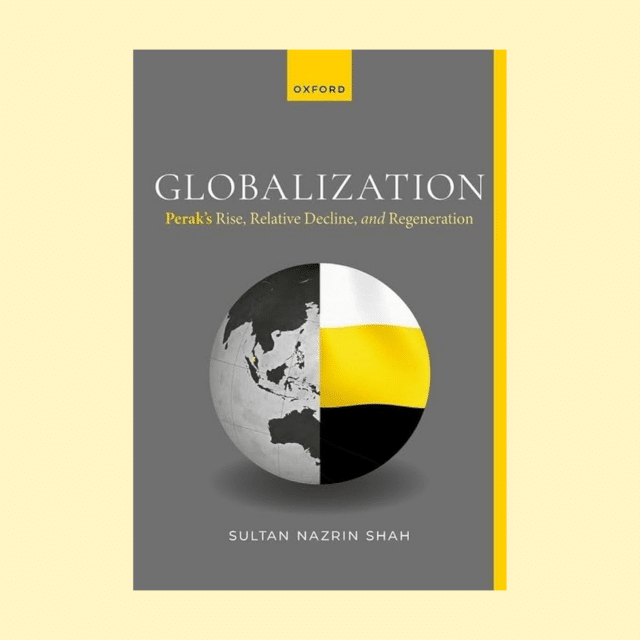
Globalization: Perak's Rise, Relative Decline & Regeneration
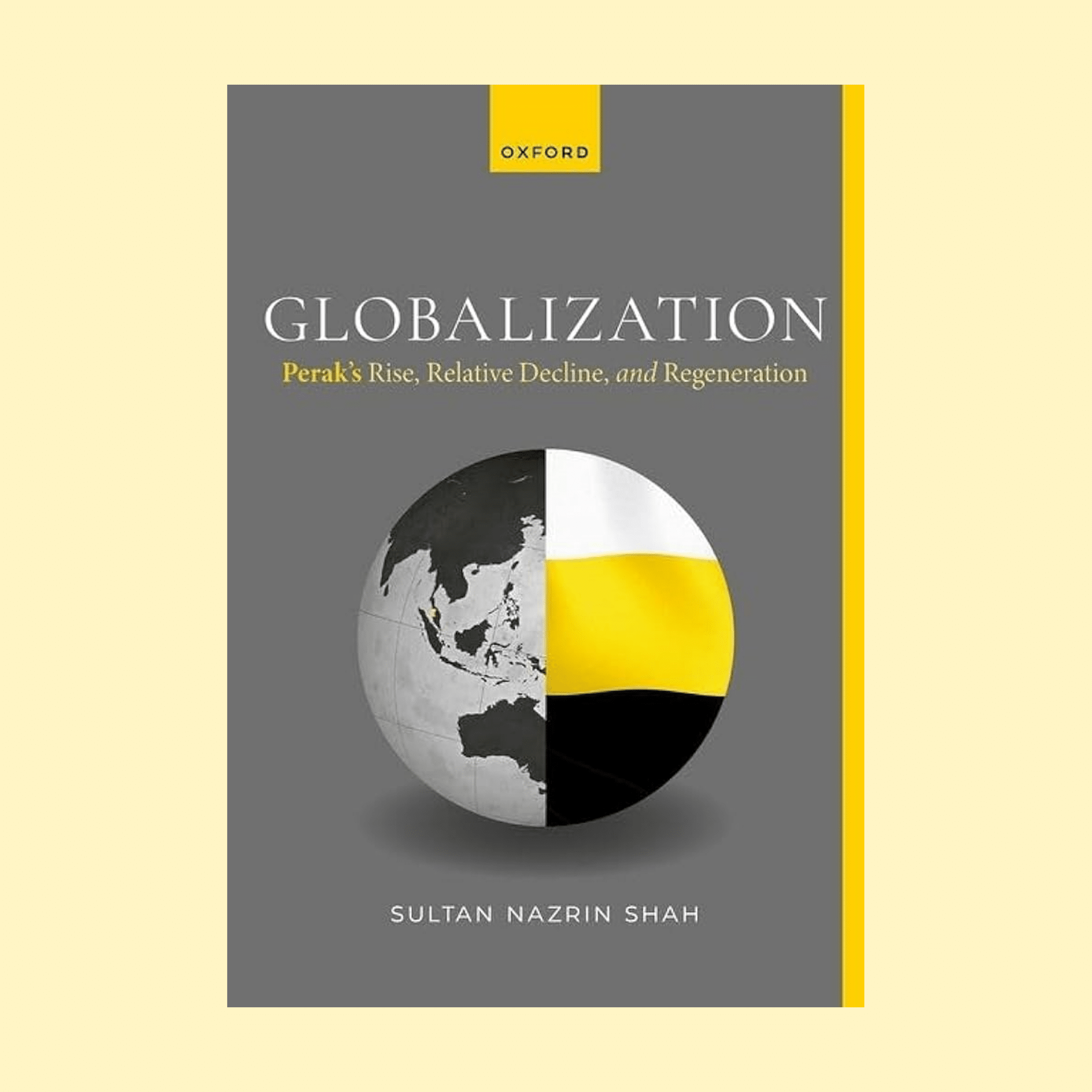
Globalization: Perak's Rise, Relative Decline & Regeneration
By HRH Sultan Nazrin Shah (1976, PPE)
Written by Sultan Nazrin Shah – the author of the highly acclaimed works Charting the Economy and Striving for Inclusive Development – this book is a pioneering study of the many economic and social changes in the natural resource-rich Malaysian state of Perak over the last two centuries.
When globalization first took hold and international trade networks broadened and deepened in the first half of the 19th century, and a new capitalist world order emerged in the second, Perak was a key player. Its tin was in high demand in Western industrializing countries and foreign capital, labour, and technology propelled it forward. By 1900, Perak accounted for almost half of Malaya’s tin output and a staggering quarter of world output, with its prosperity making it the Malay peninsula’s commercial hub. Likewise, during the global rubber boom that began in the early 20th century as cars were mass produced for the first time, Perak was the largest rubber-producing state in the peninsula.
This book brings together a range of key sub-themes – economic geography, the institutional legacy of colonialism, increasing federal government centralization, forces of economic agglomeration, and human migration – which drove Perak’s fortunes in sometimes dramatic economic cycles and ultimately led to the collapse of its tin and rubber industries and the migration of many of its young and skilled.
The book concludes by looking forward, analysing Perak’s characteristics, and extrapolating lessons from formerly wealthy industrial centres originally blessed with natural resources but subsequently left behind by new waves of globalization, such as Cornwall and Sheffield in the United Kingdom, and Pittsburgh and Scranton in the United States. With a new vision Perak can regenerate itself and once again emerge triumphant against a tough global background – Covid-19, war, and deglobalization.

Tir: The Story of the Welsh Landscape

Tir: The Story of the Welsh Landscape
By Carwyn Graves (2011, French & German)
In our modern era of climate concerns and polarised debates on land use, diet and more, it matters that we understand the world we are in and the roads we travelled to get here. By exploring each of key landscapes across Wales and meeting the people who live, work and farm in them, Tir offers hope for a better future; one with stunningly beautiful, richly biodiverse landscapes that are ten times richer in wildlife than they currently are, and still full of humans working the land.
In this book, we explore seven key historic elements of the Welsh landscape, such as the ffridd, or mountain pasture, and the rhos, or wild moorland. By diving deep into the creation and ecology of each of these landscapes, we discover that Wales, in all its beautiful variety, is at base just as much a human cultural creation as a natural phenomenon: its raw materials evolved alongside the humans that have lived here since the ice receded.
More books by Carwyn Graves
- Welsh Food Stories (2022)
- Apples of Wales (2018)
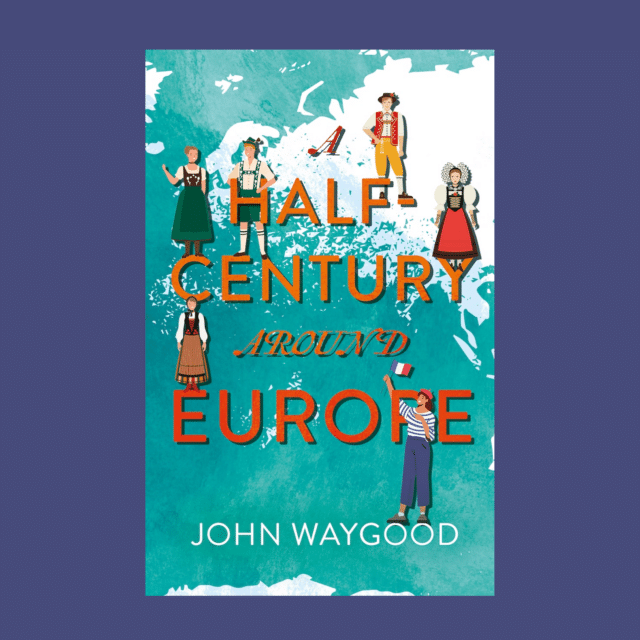
A Half-Century Around Europe
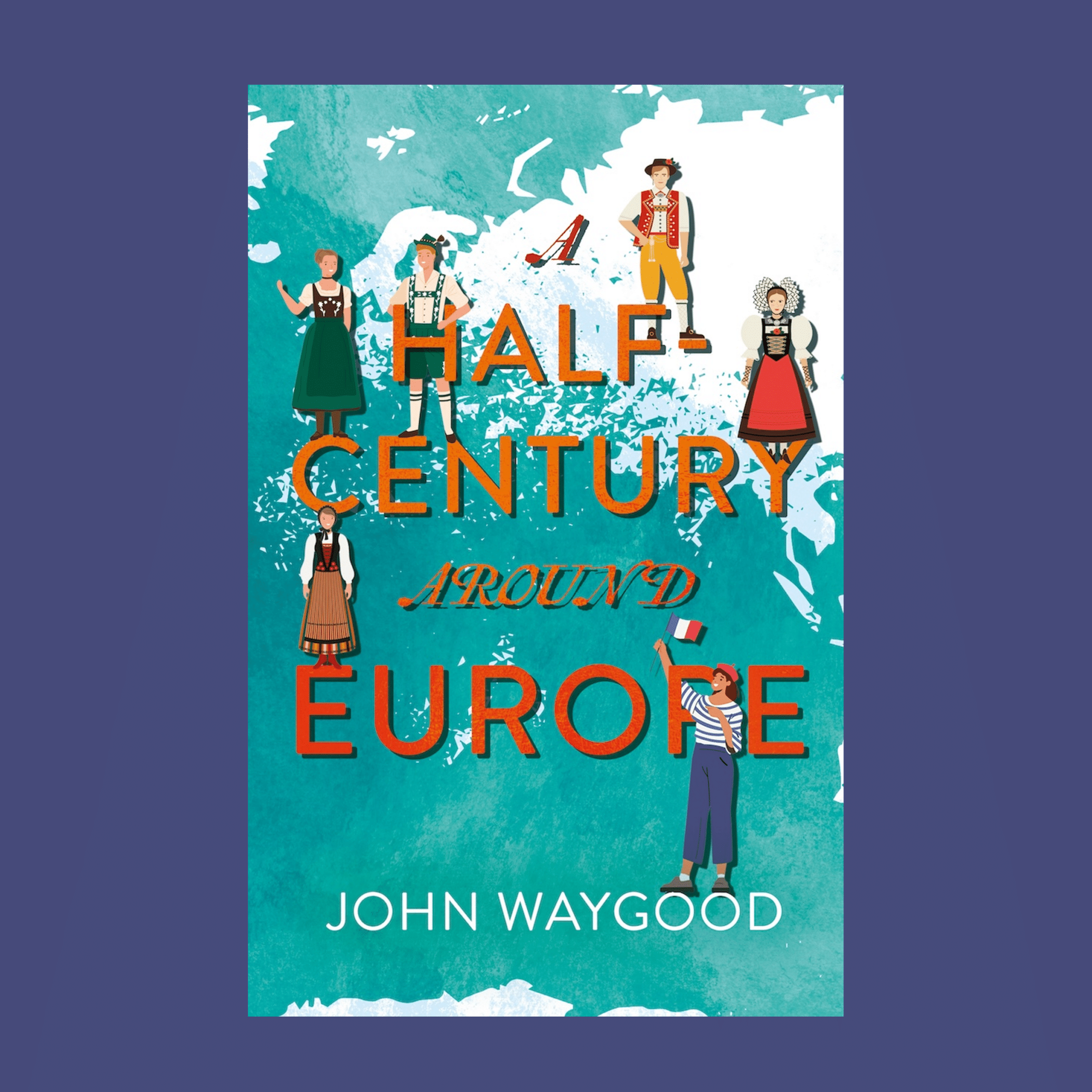
A Half-Century Around Europe
By John Waygood (1962, Modern Languages)
This is a light-hearted and illustrated account of the experiences of a British baby-boomer and his family in coping with the cultural differences living in continental Europe.
The account covers the period of 50 years from 1973, when Edward Heath took the UK into the ‘Common Market’. The author recounts what it is really like to integrate in four different European countries and draws contrasts with life in the UK and the US.
Interesting after-effects of WWII are a recurring theme and are treated sympathetically as well as leisure activities, which are enthusiastically described. The surprises and the joys of life in Switzerland, the country in which the author’s family has settled, are recounted with special loving care.
The author tries to allay any suspicions which Brits may have harboured against our continental neighbours. He maintains that we should, on the contrary, treat them as close friends and concludes with an appeal for deeper trust and co-operation between the members of geographical Europe.
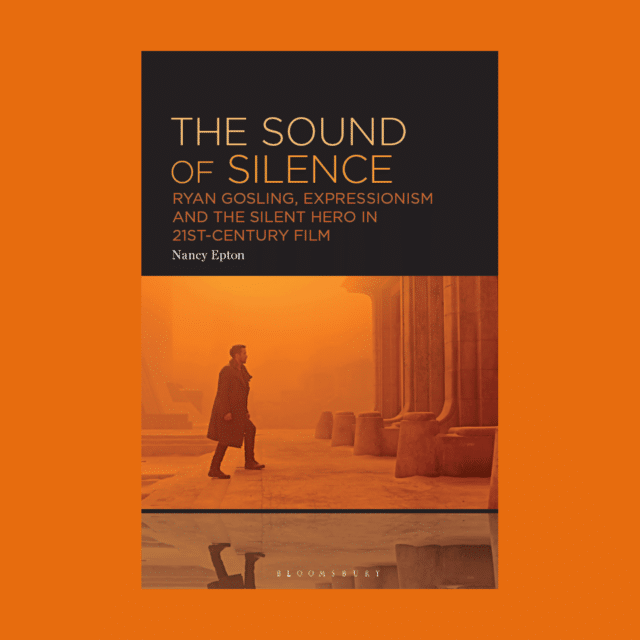
The Sound of Silence
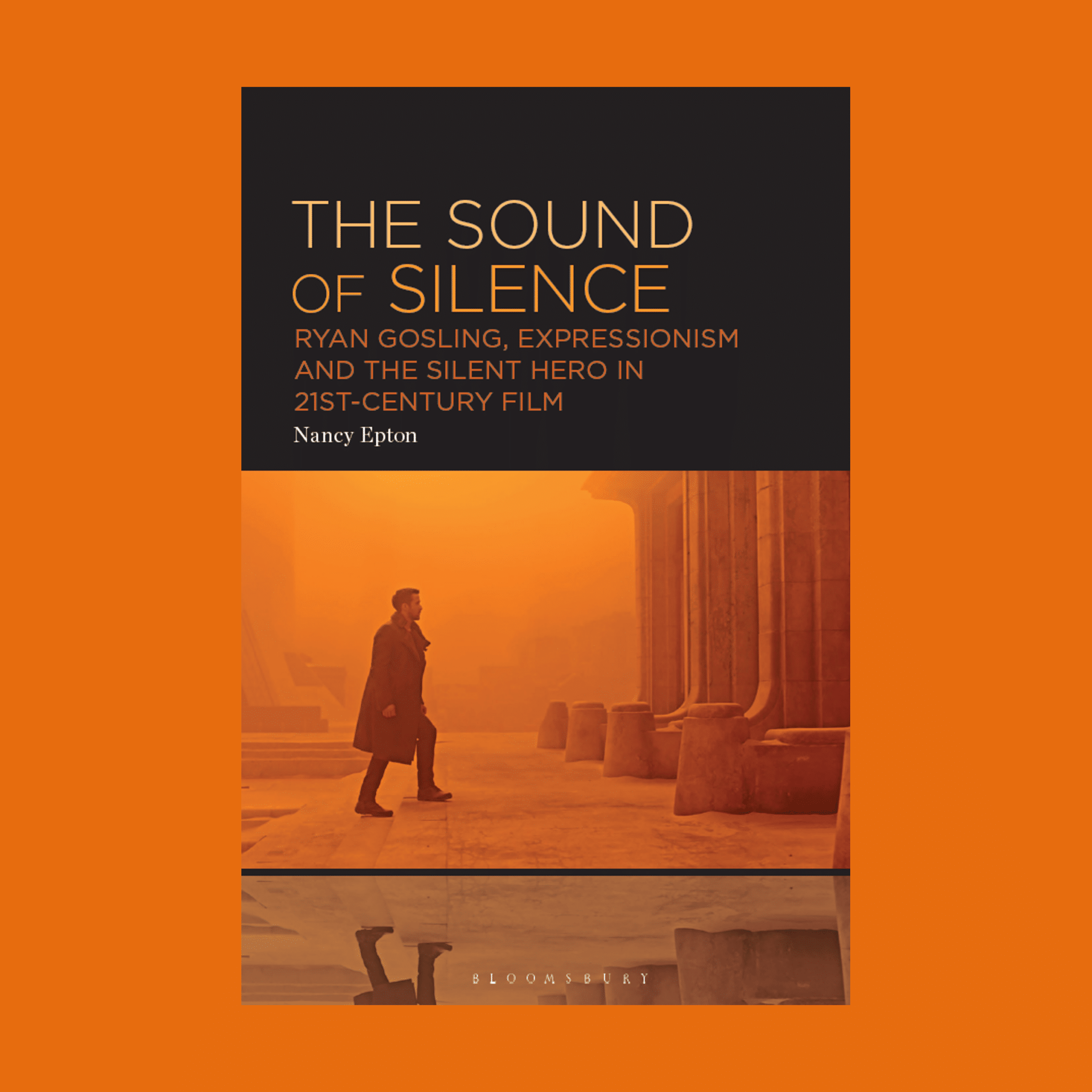
The Sound of Silence
By Nancy Epton (2016, English)
The Sound of Silence: Ryan Gosling, Expressionism and the Silent Hero in 21st-Century Film explores how non-verbal communication in film, shown primarily through the acting of Ryan Gosling, provides an expressive space in which passive audience viewing is made more active by removing the expository signifier of dialogue.
The German Expressionist era may have been brief, but the shadows cast since its end nonetheless loom large. The silhouetted, cigar-wielding men of film noir and their respectively dark, doom-laden haunts mirror the angst-inducing atmospheres of their forebearers, while also introducing the now-familiar figure of the silent hero. Considering the numerous silent hero actors in film history, there’s one that stands out in the 21st century like no other: Ryan Gosling. His later career has seen some of the most iconic silent heroes of the past decade, with films such as Drive, Only God Forgives, Blade Runner 2049 and First Man cementing him as the go-to guy for a monosyllabic, taciturn and moody hero whose actions speak louder than words.
This book argues that it is Gosling’s expressive capabilities that keep audiences compelled by his performances. With the use of non-verbal silence – combined with its counterbalance, sound – a more active, emotive audience response can be achieved. Looking further into this idea through theorists such as Michel Chion and Susan Sontag, the book demonstrates that the sound of silence is one of the most meaningful cinematic sounds of all.
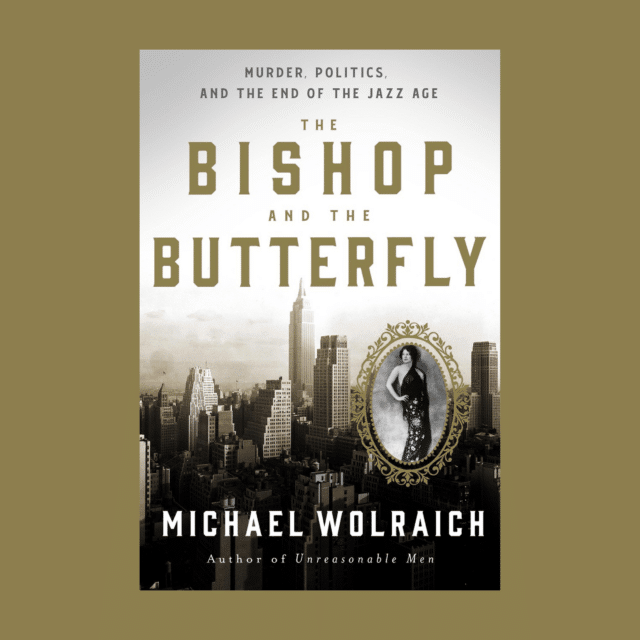
The Bishop and the Butterfly

The Bishop and the Butterfly
By Michael Wolraich (1992, Visiting Student in Philosophy)
“The 1931 murder of ‘Broadway Butterfly’ Vivian Gordon exposed an explosive story of graft, corruption and entrapment that went all the way to the top of the state. Wolraich brings a journalist’s eye and a novelist’s elegance to this story of Jazz Age New York.”
— New York Times (Editor’s Choice)
Vivian Gordon went out before midnight in a velvet dress and mink coat. Her body turned up the next morning in a desolate Bronx park, a dirty clothesline wrapped around her neck. At her stylish Manhattan apartment, detectives discovered notebooks full of names—businessmen, socialites, gangsters. And something else: a letter from an anti-corruption commission established by Governor Franklin Delano Roosevelt. Led by the imperious Judge Samuel Seabury, the commission had uncovered a police conspiracy to frame women as prostitutes. Had Vivian Gordon been executed to bury her secrets? As FDR pressed the police to solve her murder, Judge Seabury pursued the trail of corruption to the top of Gotham’s powerful political machine—the infamous Tammany Hall.

Prints and the Landscape Garden

Prints and the Landscape Garden
By Michael Symes (1962, English)
This book considers what prints tell us about the development of the landscape garden in 18th- and early 19th- century Britain. They formed a significant part of the expanding machinery of mass communication and could thus influence taste and spread ideas. This could lead to propaganda, or at least creation of an image the owner of a property found desirable, and reality was consequently often compromised. The illusion of actuality could be achieved by adjustments and techniques employed by artists generally. Even if not entirely representational, a print may reveal much about fashions and attitudes towards the landscape garden. At their best they powerfully convey the atmosphere of a garden as well as the perception and possible idealisation of it.
The book breaks new ground, including discussion of techniques of producing a print, marketing, categories of print, and studies of the greatest engravers and a few select gardens that prints illuminate particularly well. Changes can be observed both in the developments in print-making and in the journey of the landscape garden. With 220 prints of the period to illustrate the text, all aspects of the subject are brought to the reader’s attention.
2023

The Subtle Thief

The Subtle Thief
By Professor Richard Wendorf FSA (1970, MPhil)
The Subtle Thief is a witty, elegant, and intriguing murder mystery set in New York’s sophisticated art world. You won’t find street-wise thugs or master criminals here, but rather a heady mix of writers, curators, collectors, art dealers, and enticing sirens whose world is turned upside down when one of them is found dead in their Manhattan apartment.
Enter our partners-in-detection (and in bed): Desmond Fairbrother, a handsome and wealthy connoisseur, and Abigail Higginson, a sassy novelist from Boston, who have both made their mark on New York’s literary and artistic scene. What begins as a sexy comedy of manners within Manhattan’s artistic community quickly turns in a different direction as our two sleuths piece together a series of elusive clues. Abby tells the story and Desi solves the mystery as our sparring couple entertain friends and suspects alike until the action reaches its surprising finale.
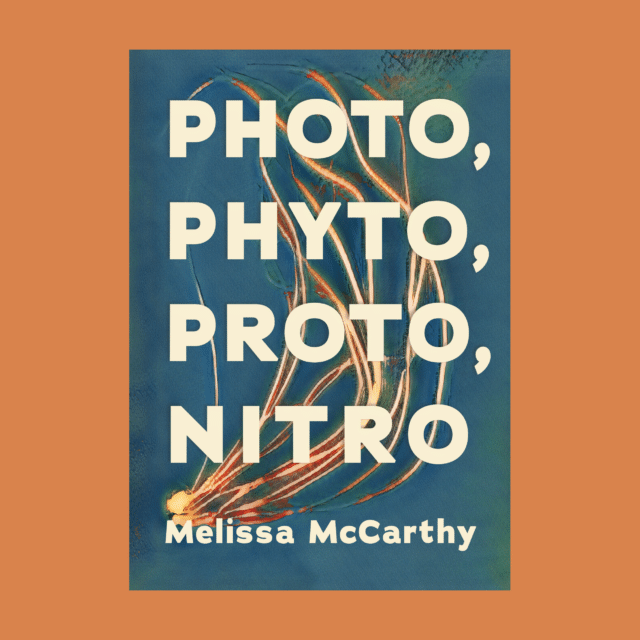
Photo, Phyto, Proto, Nitro
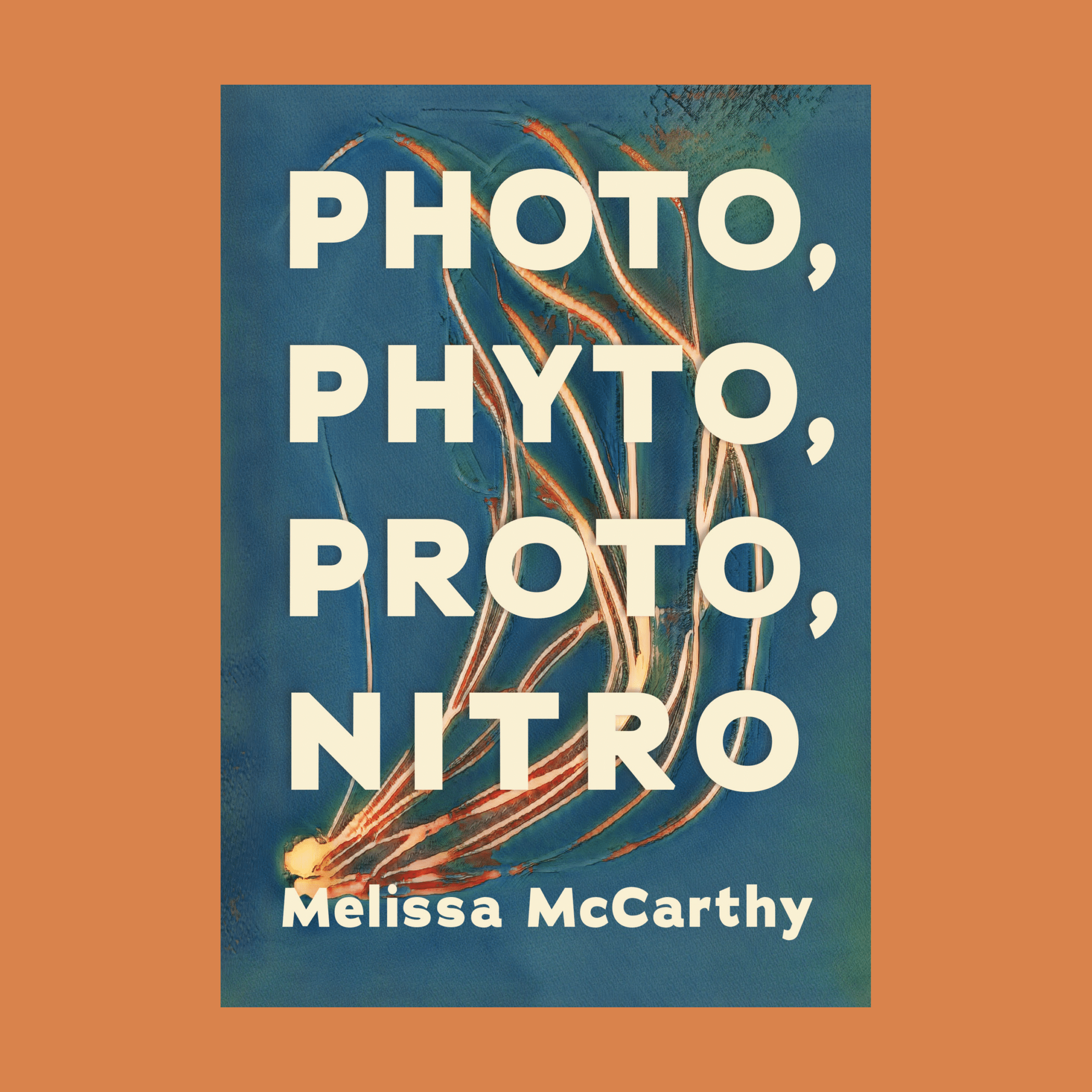
Photo, Phyto, Proto, Nitro
By Melissa McCarthy (1994, English)
Photo: to do with light. Phyto: plants and flowers. Proto: the first, the original. Nitro: it blows up.
From Troy to Hiroshima, Crimea to the nuclear Nevada desert, we make our tracks over the war-scratched globe, and when we reach a ruin or a destination we read the markings, record them using various forms of photography. Later—or much, much later—someone else in turn will try to understand our silvery traces. These are the threads that Melissa McCarthy follows, unpicks, weaves again into a nexus of light and time: the mirrored silver cells of a shark’s eyeball, sunlight glinting off the foam and sea wrack of the Aegean on flower with corpses, the silver salts of photographic paper, silver grave-treasures at Ur.
Like an archaeologist in her own strange literary landscape, McCarthy cuts through layers of history and technology to realign the dead and their images. She examines both what can be photographed and what remains always just beyond the frame, and photography itself. It’s a practice involving chemicals and the action of light. But it’s also an organising principle for literature and beyond: there are marks made—by us, on us—that we can’t yet fully see or understand, though they push on through to the surface, always re-blooming.
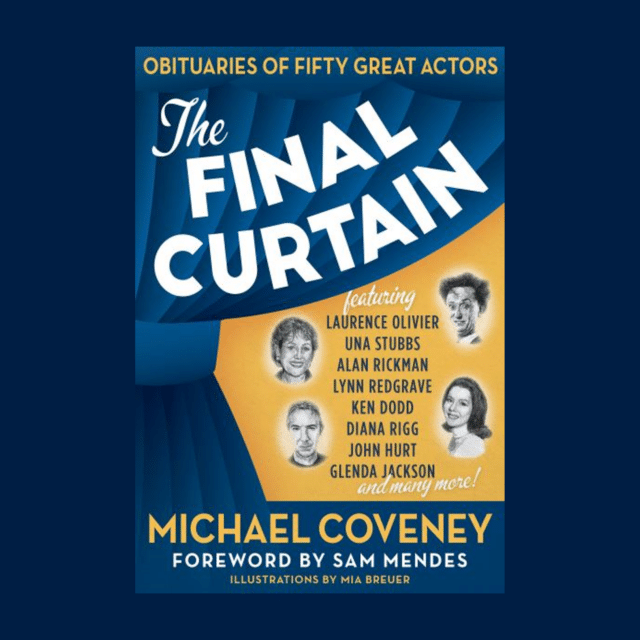
The Final Curtain

The Final Curtain
By Michael Coveney (1967, English)
Michael Coveney has been writing theatrical obituaries alongside reviews for several decades and makes a telling, sometimes surprising, selection of the best performers of our time, from Laurence Olivier to Alan Rickman. The fifty articles are arranged in chronological order of each actor’s demise and constitute a vivid history of postwar theatre through the lives of the actors. There are happy/sad juxtapositions of shooting stars Robert Stephens and Alan Bates; classical queens Diana Rigg and Barbara Jefford; and versatile showtime hoofers Una Stubbs and Lionel Blair.

Question 7

Question 7
By Richard Flanagan (1984, Modern History)
This is a book about the choices we make and the chain reaction that follows…
By way of H. G. Wells and Rebecca West’s affair, through 1930s nuclear physics, to Flanagan’s father working as a slave labourer near Hiroshima when the atom bomb is dropped, this daisy chain of events reaches fission when a young man finds himself trapped in a rapid on a wild river, not knowing if he is to live or to die.
Flanagan has created a love song to his island home and his parents and the terrible past that delivered him to that place.
Through a hypnotic melding of dream, history, science, and memory, Question 7 shows how our lives so often arise out of the stories of others and the stories we invent about ourselves.

Global Tensions in the Russian Orthodox Diaspora

Global Tensions in the Russian Orthodox Diaspora
By Dr Robert Collins (1986, Oriental Studies)
This book explores the tensions that have arisen in the diaspora as a result of large numbers of Russian migrants entering established overseas parishes following the collapse of the Soviet Union.
These tensions, made more fervent by the increasing role of the Church as part of the expression of Russian identity and by the Church’s entry into the global ‘culture wars’, carry with them alternative views of a range of key issues – cosmopolitanism versus reservation, liberalism versus conservatism and ecumenism versus dogmatism.
The book focuses on particular disputes, discusses the broader debates and examines the wider context of how the Russian Orthodox Church is evolving overall.
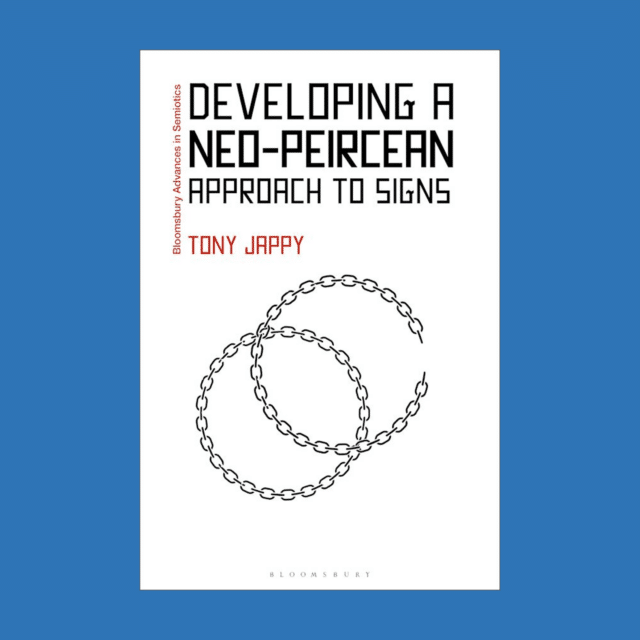
Developing a Neo-Peircean Approach to Signs
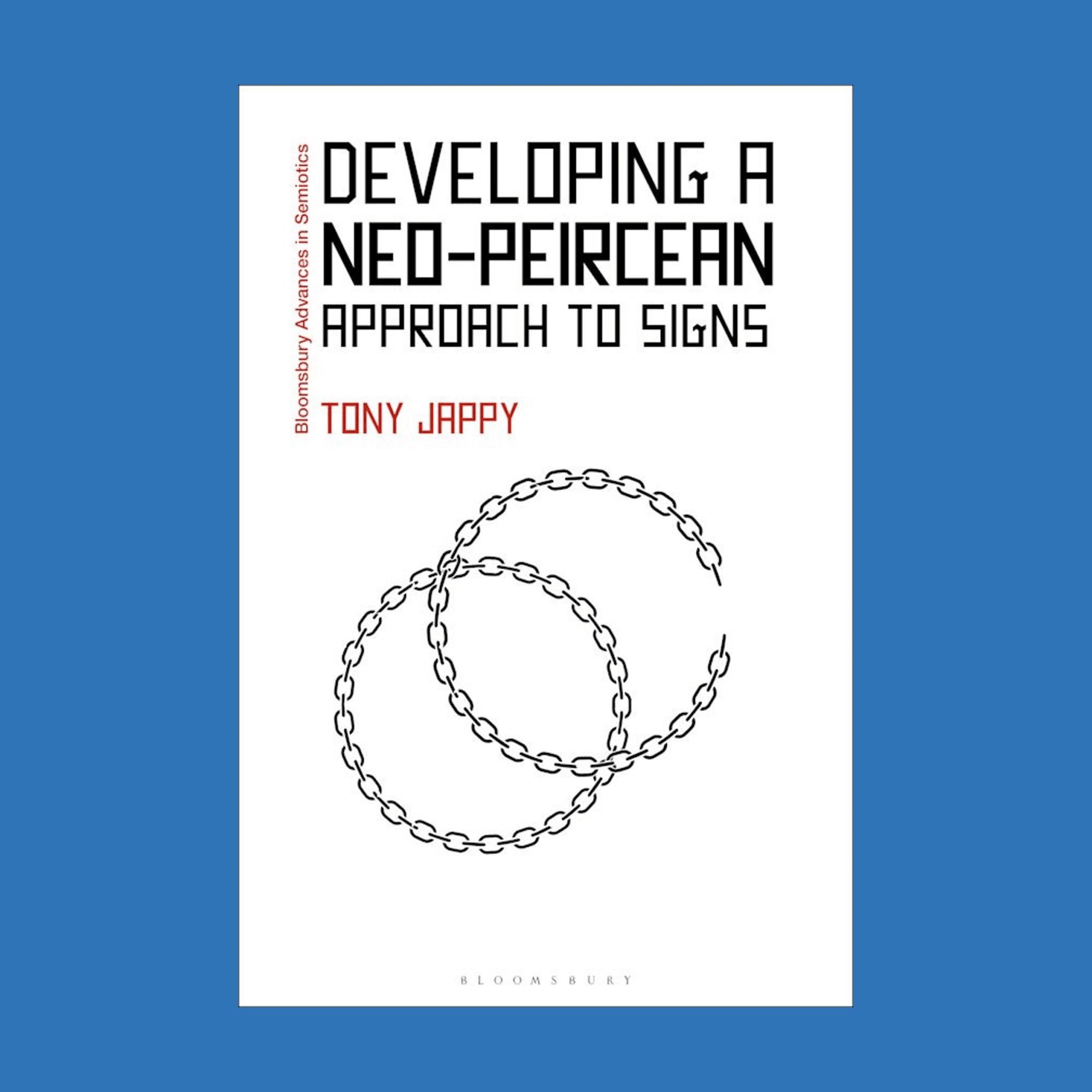
Developing a Neo-Peircean Approach to Signs
By Tony Jappy (1961, Modern Languages)
This book takes up a number of Charles Sanders Peirce’s undeveloped semiotic concepts and highlights their theoretical interest for a general semiotics.
Peirce’s career as a logician spanned almost half a century, during which time he produced several increasingly complex sign systems. The best-known, from 1903, defined amongst other things a signifying process involving sign, object and interpretant, the universally-known icon-index-symbol division and a set of 10 distinct classes of signs. Peirce subsequently expanded this process to include 2 objects, the sign and 3 interpretants. Uncoincidentally, in the 5 years between 1903 and the final system of 1908, he introduced a number of highly innovative semiotic concepts which he never developed.
One such concept is hypoiconicity, which comprises 3 levels of isomorphism holding between sign and object and, in spite of the mutations these varieties of icon subsequently underwent, offers qualitative analysis as a complement to the traditional literal-figurative binarism in the discussion of verbal and nonverbal signs. Another is semiosis, which Peirce introduced and defined in 1907 but only rarely illustrated. Involving a complex combination of object, perception, interpretation and a medium, this is shown to be a far more complex signifying process than the one implicit in the three-correlate definition of the sign of 1903. Exploring the evolving theoretical background to the emergence of these new concepts and showing how they differ from certain contemporary conceptions of sign, mind and signification, the book proposes an introduction to, and explanations and illustrations of, these important developments.
More books by Tony Jappy
- Regards sur le poème muet : petite introduction à la sémiotique visuelle peircienne, Perpignan : Presses Universitaires de Perpignan, (2010).
- Introduction to Peircean Visual Semiotics, London: Bloomsbury Academic, (2013).
- Peirce’s Twenty-Eight Classes of Signs and the Philosophy of Representation: Rhetoric, Interpretation and Hexadic Semiosis, London: Bloomsbury Academic, (2016).
- The Bloomsbury Companion to Contemporary Peircean Semiotics (General Editor), London: Bloomsbury Academic (2020).
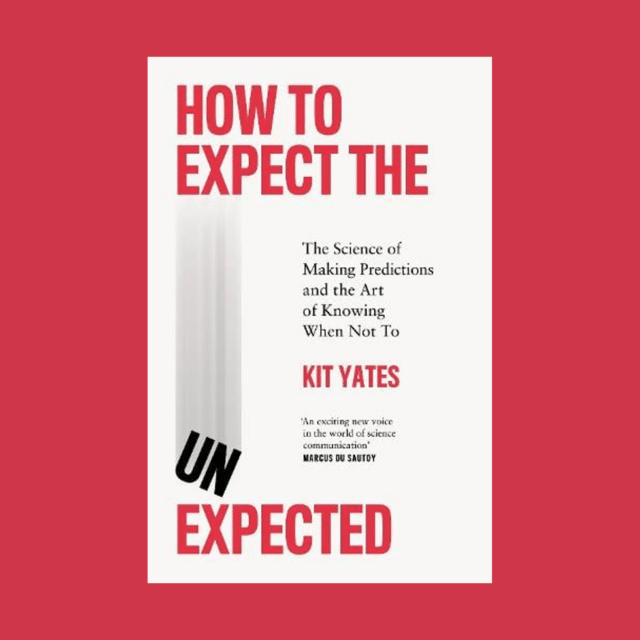
How to Expect the Unexpected
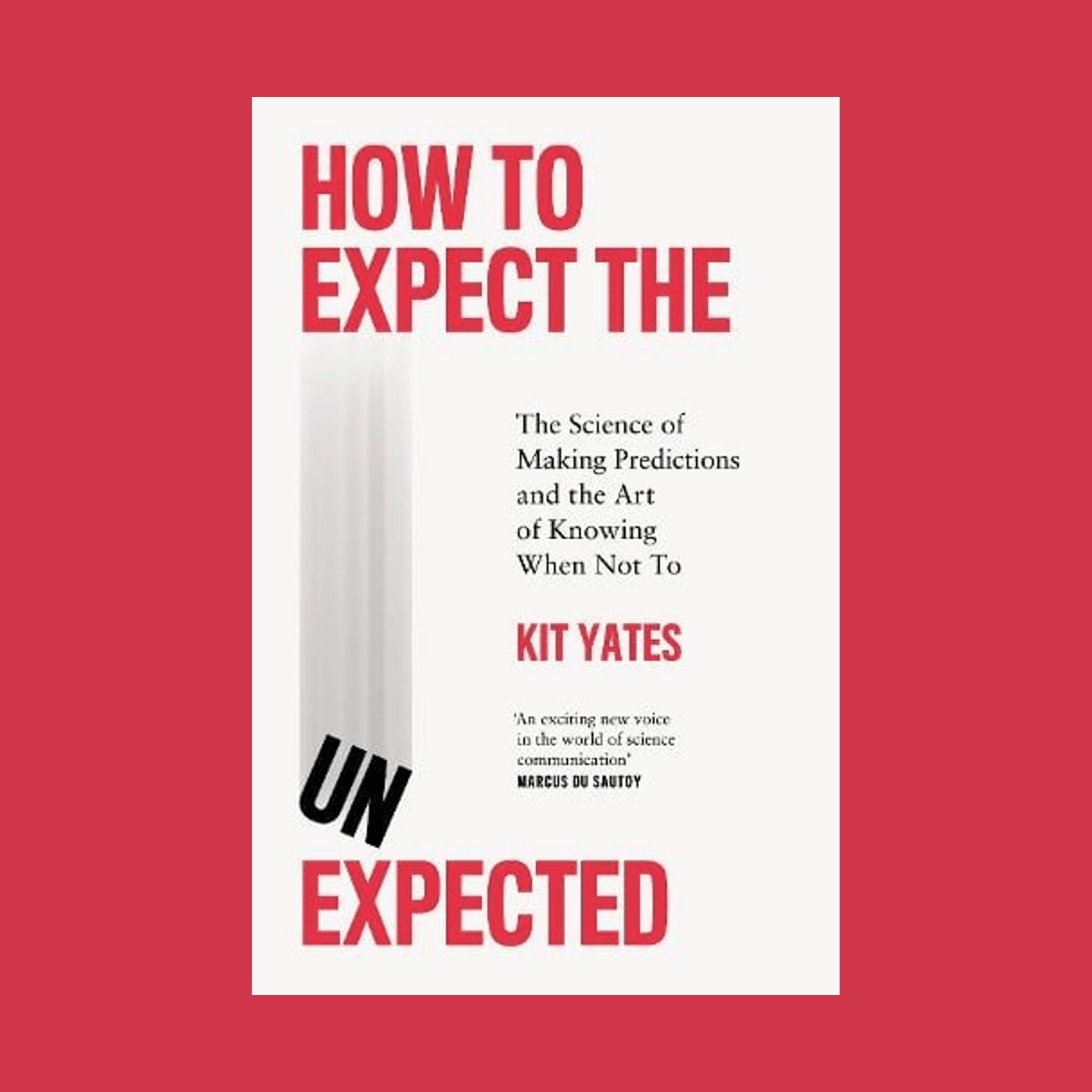
How to Expect the Unexpected
Kit Yates (2007, Biological Sciences)
This book will teach you how and why predictions go wrong, help you to spot phony forecasts and give you a better chance of getting your own predictions correct. Dr Yates provides numerous notable examples of prediction dos and don’ts to help illustrate his point, from mistakes made during the pandemic to the deliberate miscalculation of the ‘Brexit bounce’.

Frank Exchanges

Frank Exchanges
By David Wood OBE (1963, English)
Between 1959 and 2005, David Wood (‘the national children’s dramatist’) corresponded with his mentor, Frank Whitbourn, teacher, writer, and theatre practitioner. Frank Exchanges opens with a letter from Whitbourn, praising a young Wood following a performance in one of his plays, and documents an almost fifty-year correspondence before Whitbourn’s death in 2005. Wood sent Whitbourn the first draft of every play he wrote, and Whitbourn commented constructively and often came to see and ‘review’ the plays in production.

Johnson at 10: The Inside Story

Johnson at 10: The Inside Story
By Sir Anthony Seldon (1973, PPE) and Raymond Newell
In his latest book, the distinguished historian and headteacher goes behind the scenes to map Boris Johnson’s time in power from start to finish and sheds new light on the most divisive Prime Minister to have led the United Kingdom since Thatcher. Based on more than 200 interviews with key aides, allies and insiders, Johnson at 10 gives the first full account of Johnson’s premiership, the shockwaves of which are still felt today.

Goodbye, Dr Banda

Goodbye, Dr Banda
By Alexander Chula (2002, Classics)
In a ruined dictator’s palace, Alexander Chula – a classicist-turned-doctor, fresh out of Oxford – stumbles upon an oak treasure chest. Inside is a priceless, antique edition of Julius Caesar’s Gallic War. This unexpected talisman of Western high culture belongs to the mercurial Dr Banda, a man of many parts: scholarly physician, anti-colonial hero, brutal tyrant, and fallen philosopher-king. The story is enigmatic but exhilarating, by turns edifying and deeply uncomfortable. Malawi presents urgent lessons which resonate piercingly in our vexed age of culture wars and identity crisis.

Enter Ghost

Enter Ghost
By Isabella Hammad (2009, English)
After years away from her family’s homeland, and reeling from a disastrous love affair, actress Sonia Nasir returns to Haifa to visit her older sister Haneen. On her arrival, she finds her relationship to Palestine is fragile, both bone-deep and new.
When Sonia meets the charismatic Mariam, a local director, she joins a production of Hamlet in the West Bank. Soon, Sonia is rehearsing with a dedicated, if competitive, group of men – yet as opening night draws closer, it becomes clear just how many obstacles stand before the troupe. Amidst it all, the life she once knew starts to give way to the exhilarating possibility of finding a new self in her ancestral home.
Enter Ghost was shortlisted for the Women’s Prize for Fiction 2024.

Parfit: A Philosopher and His Mission to Save Morality

Parfit: A Philosopher and His Mission to Save Morality
By David Edmonds (1983, PPE)
From the bestselling co-author of Wittgenstein’s Poker, an entertaining and illuminating biography of a brilliant philosopher who tried to rescue morality from nihilism Derek Parfit (1942–2017) is the most famous philosopher most people have never heard of.
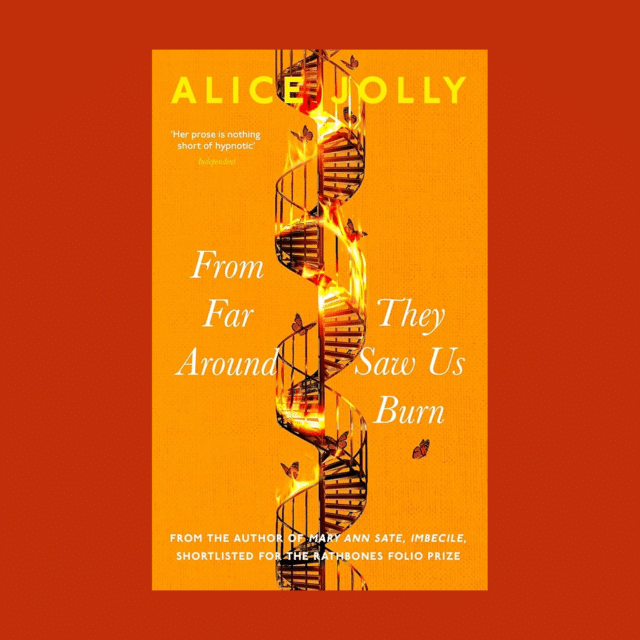
From Far Around They Saw Us Burn
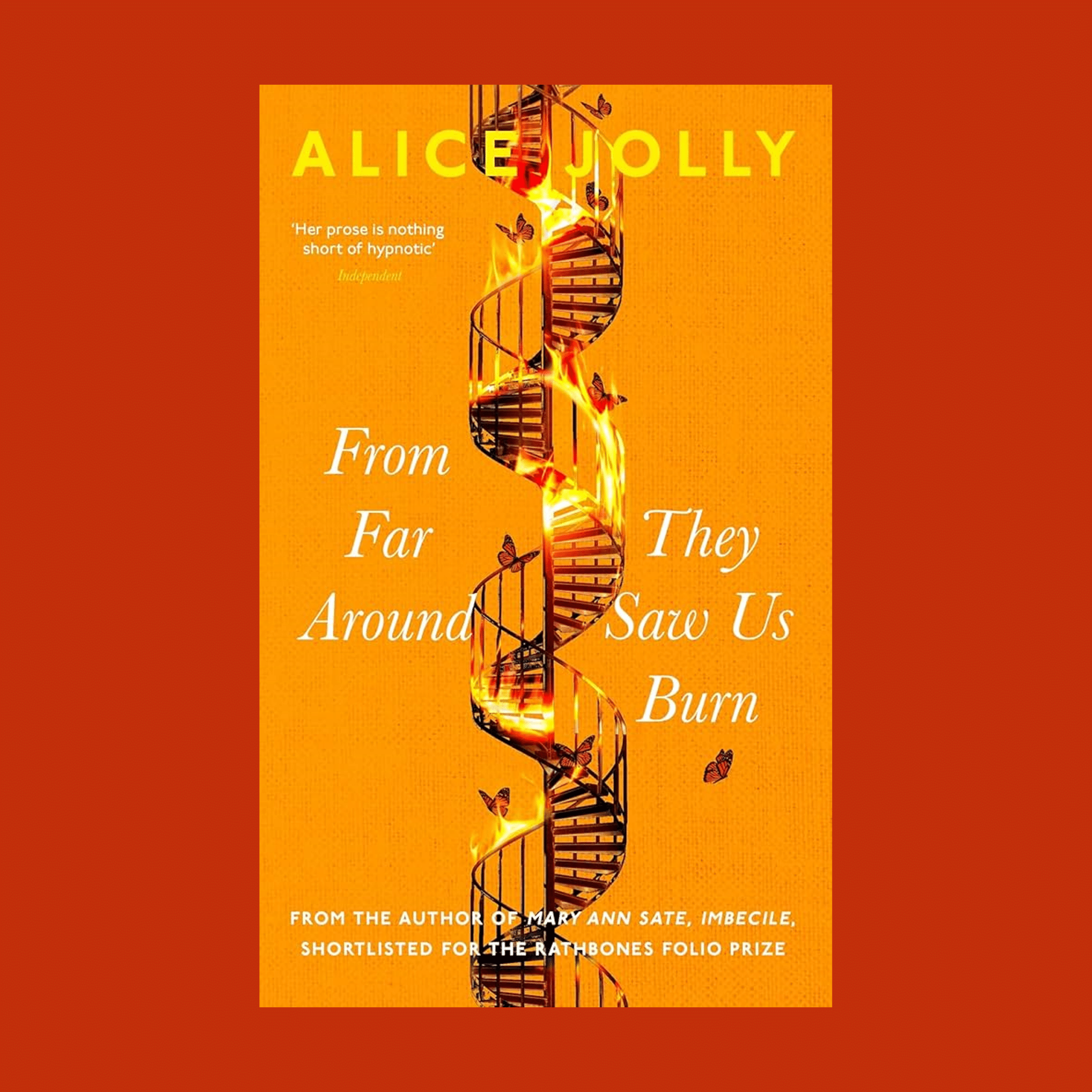
From Far Around They Saw Us Burn
By Alice Jolly (1986, Modern History)
From Far Around They Saw Us Burn is the eagerly awaited first short story collection from Alice Jolly, one of the most exciting and accomplished voices in British fiction today.
The extraordinary range of work gathered here is united by a fascination with how everyday interactions can transform our lives in unpredictable ways. These are stories of lonely people, outcasts and misfits, and the ghosts that inhabit our intimate spaces. The result is a compelling, arresting and, at times, devastating collection – not least in the title story, which was inspired by the tragic true events of the 1943 Cavan orphanage fire.
Written with an exemplary eye for detail and an intimate understanding of the complexities of human nature, Jolly’s collection builds up towards the ultimate question: what is revealed of us when we peel away the surfaces, and is it enough?

Theatre Spaces 1920-2020

Theatre Spaces 1920-2020
By Iain Mackintosh (1957, PPE) with foreword by Richard Eyre
In this lavishly illustrated hands-on account of the creation of new theatre spaces spanning a century, Iain Mackintosh offers a compelling history that is part memoir, part impassioned call to rethink the design of our theatre spaces and the future of live theatre. As the originator of theatre designs as diverse as the Cottesloe in 1977, Glyndebourne in 1994, the Orange Tree Theatre in 1991, the Martha Cohen Theatre in 1985 and the Tina Packer Playhouse in 2001, he discovered why the same show worked in some theatres but not in others.

Plastic Surgery in Wars, Disasters & Civilian Life

Plastic Surgery in Wars, Disasters & Civilian Life
By Professor Anthony Roberts OBE (1971, Medicine)
In the second publication of his memoirs, distinguished surgeon Anthony Roberts recounts his time working as a reconstructive plastic surgeon across a range of disasters and war zones. Initially inspired by his involvement in the Bradford City stadium fire of 1985, Roberts went on to contribute his medical skills to four wars, six disasters, 45 countries, and numerous charitable causes.
All profits from this book will be donated to ‘Restore – Burn and Wound Research’, the charity which Roberts set up 35 years ago.
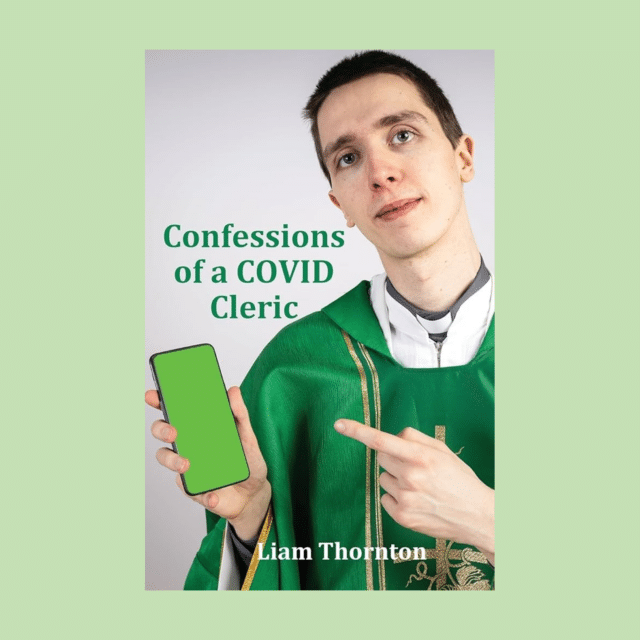
Confessions of a COVID Cleric
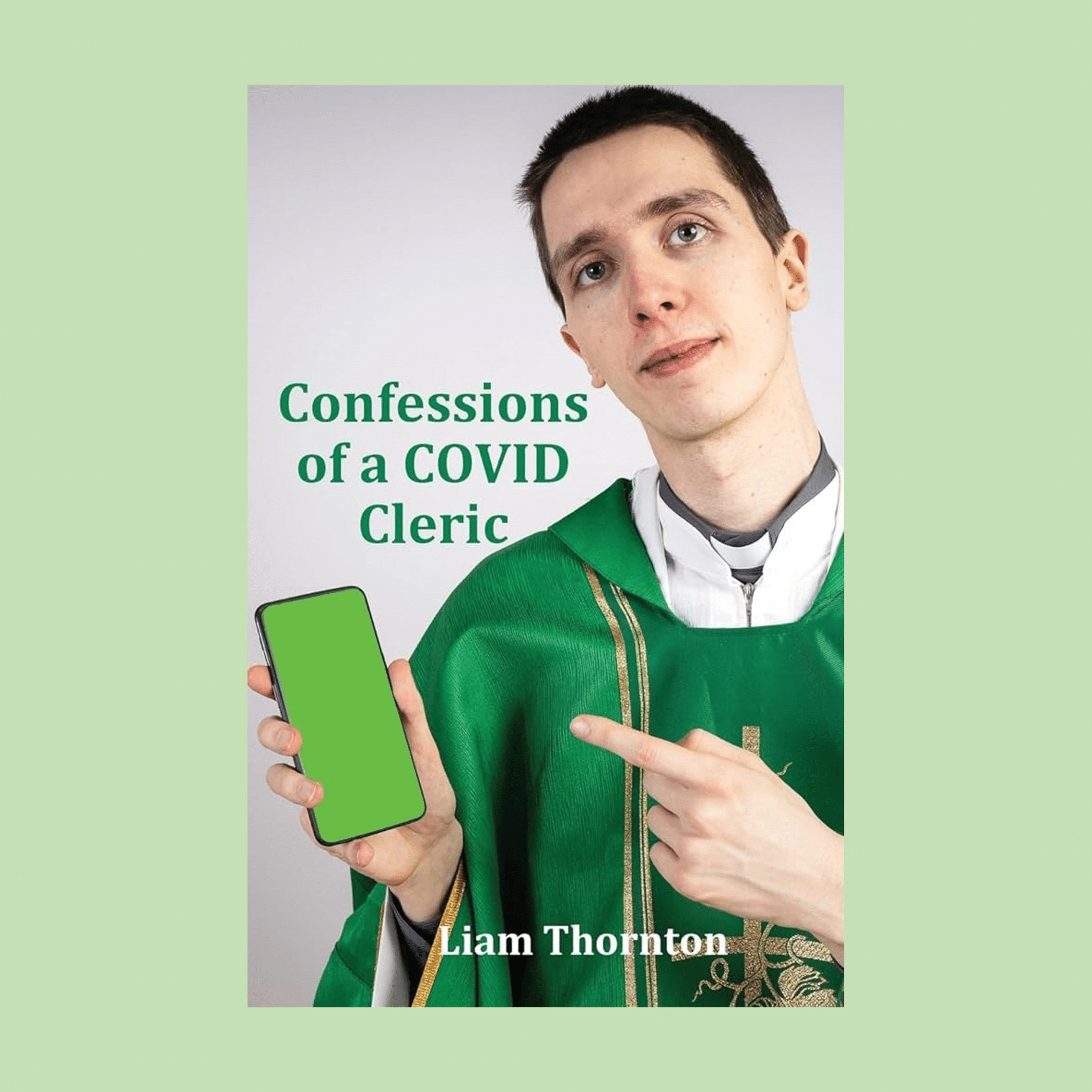
Confessions of a COVID Cleric
By Liam Thornton (1978, English)
Father Matthew is an ordinary Vicar in an ordinary Parish. He is a Freemason. Our Tale starts in 2019 with some wry humour, as to what Christmas can be like for a Cleric. Then COVID strikes the Nation. Father Matthew’s routine, like that of everyone else, is turned upside down. Soon there is even an official Complaint made against him. A downward spiral starts.
How was the working life of Clergy changed by COVID? How did society change in its’ daily workings? What can stress do to you? Memories are seen as at some times guests, but at other times ghosts. The author hopes that, even given the serious themes, you might have the occasional chuckle.
Liam Thornton is a retired Church of England Priest.
2022
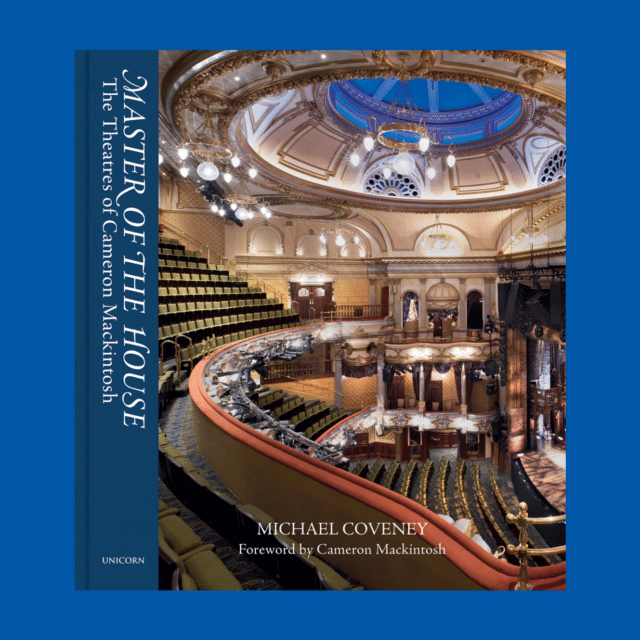
Master of the House: The Theatres of Cameron Mackintosh
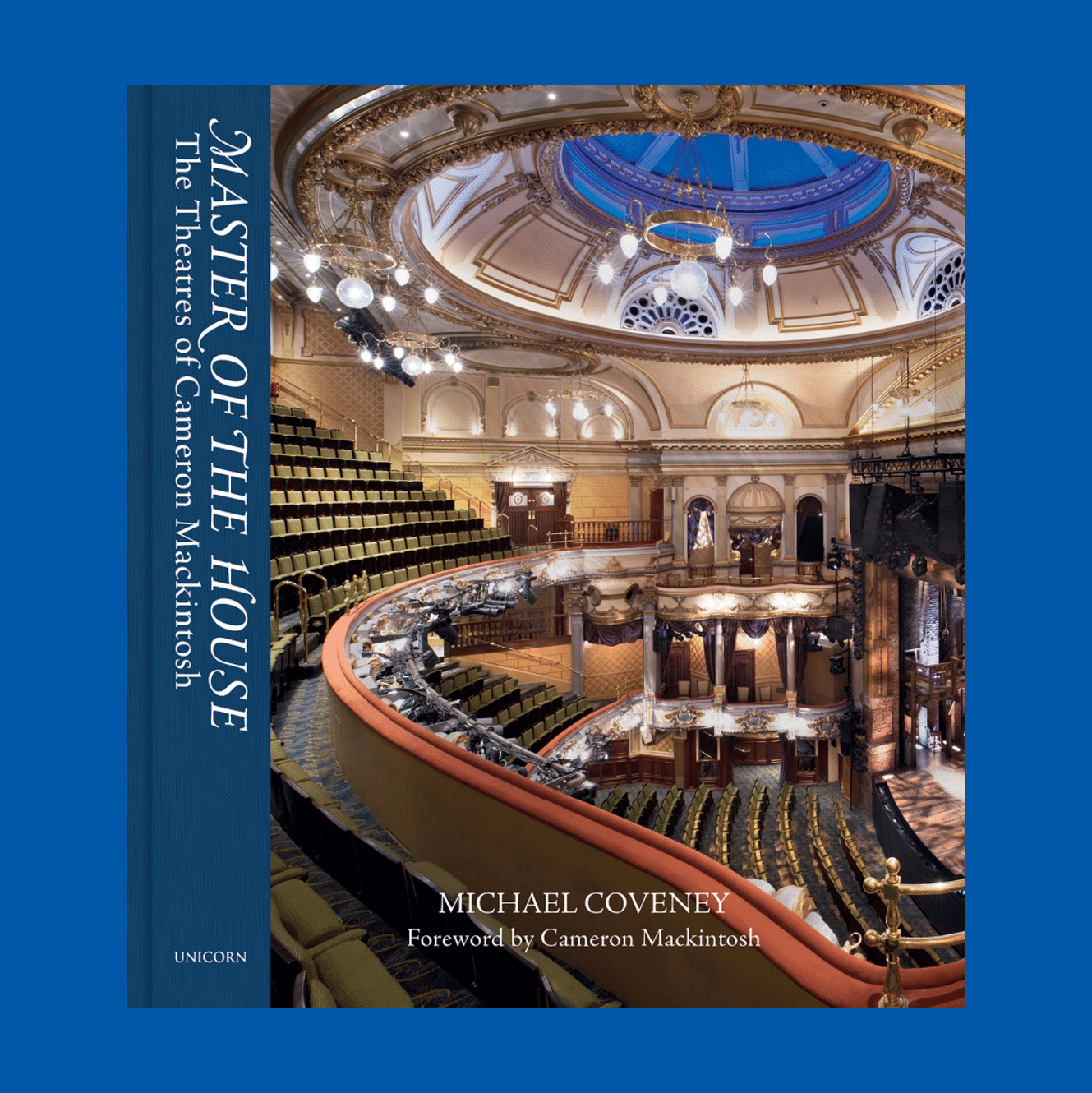
Master of the House: The Theatres of Cameron Mackintosh
By Michael Coveney (1967, English)
Cameron Mackintosh is the world’s leading theatrical producer of musicals such as Cats, Les Misérables and The Phantom of the Opera. He is also a significant theatre owner and has completed a two-decade campaign of refurbishment and rebuilding of eight London theatres that has set the tempo for maintaining one of Britain’s greatest cultural heritages for the next century.
Master of the House charts the stories of these eight historic London buildings – their origins, their iconic shows and productions, the stars and the glamour. Lavishly illustrated with images from the Delfont Mackintosh archive, the book also contains original architect drawings, specially-commissioned photographs of the refurbishment, show posters and other theatre ephemera, and many sweeping panoramas of the exquisitely finished spaces.

Printing History and Cultural Change

Printing History and Cultural Change
By Professor Richard Wendorf FSA (1970, MPhil)
This study provides one of the most detailed and comprehensive examinations ever devoted to a critical transformation in the material substance of the printed page; it carries out this exploration in the history of the book, moreover, by embedding these typographical changes in the context of other cultural phenomena in eighteenth-century Britain.
The gradual abandonment of pervasive capitalization, italics, and caps and small caps in books printed in London, Dublin, and the American colonies between 1740 and 1780 is mapped in five-year increments which reveal that the appearance of the modern page in English began to emerge around 1765. This descriptive and analytical account focuses on poetry, classical texts, Shakespeare, contemporary plays, the novel, the Bible, the Book of Common Prayer, sermons and religious writings, newspapers, magazines, anthologies, government publications, and private correspondence; it also examines the reading public, canon formation, editorial theory and practice, and the role of typography in textual interpretation. These changes in printing conventions are then compared to other aspects of cultural change: the adoption of the Gregorian calendar in 1752, the publication of Johnson’s Dictionary in 1755, the transformation of shop signs and the imposition of house numbers in London beginning in 1762, and the evolution of the English language and of English prose style. This study concludes that this fundamental shift in printing conventions was closely tied to a pervasive interest in refinement, regularity, and standardization in the second half of the century—and that it was therefore an important component in the self-conscious process of modernizing British culture.

Arthur Miller: American Witness

Arthur Miller: American Witness
By John Lahr (1963, English)
Distinguished theater critic John Lahr brings unique perspective to the life of Arthur Miller (1915–2005), the playwright who almost single-handedly propelled twentieth-century American theater into a new realm of excitement. Organised around the fault lines of Miller’s life―his family, the Great Depression, the rise of fascism, Elia Kazan and the House Committee on Un-American Activities, Marilyn Monroe, Vietnam, and the rise and fall of Miller’s role as a public intellectual―this book demonstrates the synergy between Arthur Miller’s psychology and his plays.

Early Modern Drama at the Universities: Institutions, Intertexts, Individuals

Early Modern Drama at the Universities: Institutions, Intertexts, Individuals
By Dr Elizabeth Sandis (2009, MSt)
This is the first history of Oxford and Cambridge drama in the Tudor and Stuart period. It guides the reader through the theatrical experiences of students at university in early modern England, following them on the journey from schoolboys to scholars to graduates in the workplace. Early Modern Drama at the Universities is structured to make the subject as accessible as possible, mitigating the difficulties of this sizeable and complex body of evidence. The hundreds of plays we have inherited from Oxford and Cambridge are steeped in Classical culture, and the academic establishment’s bias against print culture means that most evidence remains in manuscript form. Opening up these plays to a wider readership, this study carves three main roads into the corpus, introducing key institutions, intertexts, and individuals. For the first time we can see the extent to which institutional culture made the drama what it is: pedagogically-inspired, homosocial, and self-reflexive. Early Modern Drama at the Universities argues that it was primarily on a college level that students lived, worked, and proved themselves to the community, and that if we are to understand university drama as a whole, we must create it from the building blocks of individual college histories.

Peacemaking & Peacebuilding in South Africa

Peacemaking & Peacebuilding in South Africa
By Dr Liz Carmichael (1982, Theology)
Peacemaking and Peacebuilding in South Africa examines the creation and implementation of South Africa’s National Peace Accord and this key transitional phase in the country’s history, and its implications for peace mediation and conflict resolution.
It is now 30 years since the National Peace Accord (NPA) was signed in South Africa, bringing to an end the violent struggle of the Apartheid era and signalling the transition to democracy. Signed by the ANC Alliance, the Government, the Inkatha Freedom Party and a wide range of other political and labour organizations on 14 September 1991, the parties agreed in the NPA on the common goal of a united, non-racial democratic South Africa, and provided practical means for moving towards this end: codes of conduct for political organizations and for the police, the creation of national, regional and local peace structures for conflict resolution, the investigation and prevention of violence, peace monitoring, socio-economic reconstruction and peacebuilding.
This book, written by one of those involved in the process that evolved, provides for the first time an assessment and in-depth account of this key phase of South Africa’s history. The National Peace Campaign set up under the NPA mobilized the ‘silent majority’ and gave peace an unprecedented grassroots identity and legitimacy. The author describes the formulation of the NPA by political representatives, with Church and business facilitators, which ended the political impasse, constituted South Africa’s first experience of multi-party negotiations, and made it possible for the constitutional talks (Codesa) to start. She examines the work of the Goldstone Commission, which prefigured the TRC, as well as the role of international observers from the UN, EU, Commonwealth and OAU. Exploring the work of the peace structures set up to implement the Accord – the National Peace Committee and Secretariat, the 11 Regional Peace Committees and 263 Local Peace Committees, and over 18,000 peace monitors – Carmichael provides a uniquely detailed assessment of the NPA, the on-the-ground peacebuilding work and the essential involvement of the people at its heart. Filling a significant gap in modern history, this book will be essential reading for scholars, students and others interested in South Africa’s post-Apartheid history, as well as government agencies and NGOs involved in peacemaking globally.
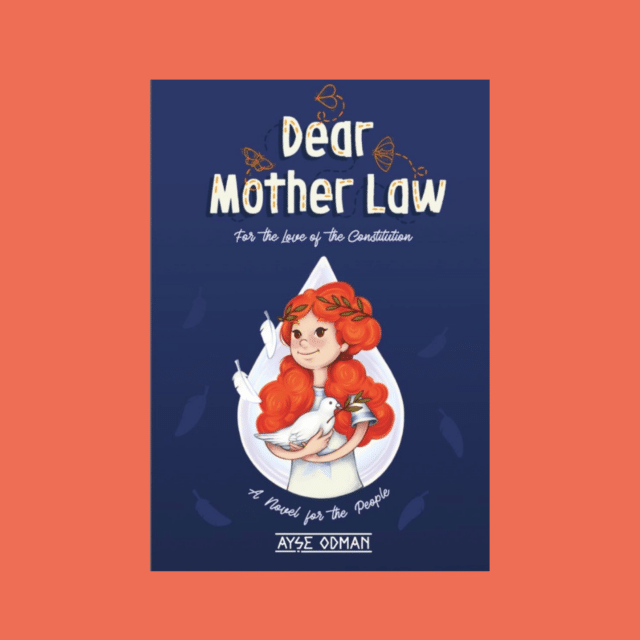
Dear Mother Law: For the Love of the Constitution
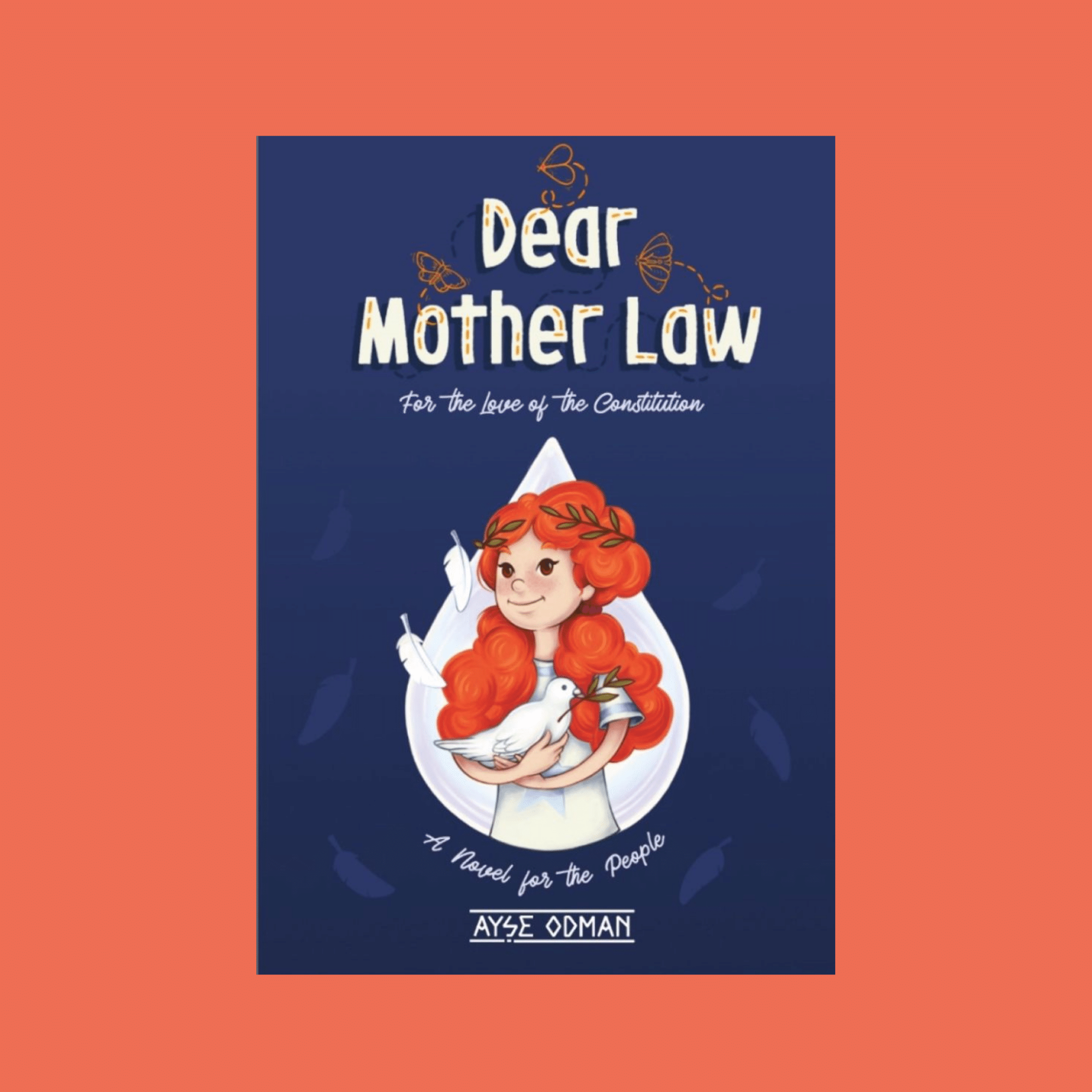
Dear Mother Law: For the Love of the Constitution
By Professor Ayse Odman Boztosun (1995, Law)
The book explains the basic mechanism of rule of law by referring to the relevant provisions of the Turkish Constitution (constitution is called ‘Mother Law’ in Turkish). Originally published in Turkish, the fifth edition has been released as an e-book on Amazon Kindle.

L'organisation d’un second referendum d’autodétermination. Regards croisés.

L'organisation d’un second referendum d’autodétermination. Regards croisés.
By Professor Edwige Camp-Pietrain (1993, British & Scottish politics)
A collection of academic articles on the organisation of a second referendum on independence, based on lessons drawn from the first one and from referenda held in other nations, edited by Professor Camp-Pietrain. Researchers in politics, law, sociology, geography deal with Quebec, Scotland after the 2016 referendum on Brexit, Catalonia after failed experiments, focusing on national attempts as well as legal theories about self-determination. The book also includes New Caledonia, thus extending to decolonization processes. It ends up with detailed timelines covering many centuries about key events both from state-centered and sub-state perspectives in every territory.
More books by Edwige Camp-Pietrain
- L’Impossible indépendance écossaise? (Neuilly (France), Atlande, October 2014)
- L’Écosse et la tentation de l’indépendance. Le référendum d’autodétermination de 2014 (Villeneuve d’Ascq (France) : Presses universitaires de Septentrion, April 2014)
- La devolution. Écosse, pays de Galles (Neuilly (France), Atlande, 2006)

The Visitation of Hereford Diocese in 1397

The Visitation of Hereford Diocese in 1397
Co-edited by Christopher Whittick (1971)
In 1397 the bishop of Hereford toured his diocese asking questions about its churches and people. The answers he received were written into a slim paper book, which survives in the cathedral archives today. This important medieval document offers unparalleled insight into social life, sexual behaviour, religious belief and practice, and gender relations during a period of religious and political turmoil, revealing how the clergy were disciplined, how English- and Welsh-speakers interacted, and how the congregation experienced worship. It is also a major early source for Welsh naming practices, and a treasure trove of information about local churches and parishes before the Reformation.
This volume provides a complete scholarly edition, accompanied by a full facing-page translation, introduction and notes; it will be invaluable for experienced researchers and students alike.
2021

MAINSTREAM: An Anthology of Stories from the Edges

MAINSTREAM: An Anthology of Stories from the Edges
By Nathan Evans (1993, Fine Art)
This collection brings thirty authors in from the margins to occupy centre-page. Queer storytellers. Working class wordsmiths. Chroniclers of colour. Writers whose life experiences give unique perspectives on universal challenges, whose voices must be heard. And read. Emerging writers chosen from open-submission are placed alongside established authors.
More books written and published by Nathan can be found from Inkandescent.

Ever Closer Union? Europe in the West

Ever Closer Union? Europe in the West
By Perry Anderson (1956, Modern Languages)
The European Union is a political order of peculiar stamp and continental scope, its polity of 446 million the third largest on the planet, though with famously little purchase on the conduct of its representatives. Sixty years after the founding treaty, what sort of structure has crystallised, and does the promise of ever closer union still obtain?
Against the self-image of the bloc, Perry Anderson poses the historical record of its assembly. He traces the wider arc of European history, from First World War to Eurozone crisis, the hegemony of Versailles to that of Maastricht, and casts the work of the EU’s leading contemporary analysts – both independent critics and court philosophers – in older traditions of political thought. Are there likenesses to the age of Metternich, lessons in statecraft from that of Machiavelli?
An excursus on the UK’s jarring departure from the Union considers the responses it has met with inside the country’s intelligentsia, from the contrite to the incandescent. How do Brussels and Westminster compare as constitutional forms? Differently put, which could be said to be worse?

The Changing of the Guard

The Changing of the Guard
By Simon Akam (2004, English)
A revelatory, explosive new analysis of the military today.
Over the first two decades of the twenty-first century, Britain has changed enormously. During this time, the British Army fought two campaigns, in Iraq and Afghanistan, at considerable financial and human cost. Yet neither war achieved its objectives. This book questions why, and provides challenging but necessary answers.
Composed from assiduous documentary research, field reportage, and hundreds of interviews with many soldiers and officers who served, as well as the politicians who directed them, the allies who accompanied them, and the family members who loved and — on occasion — lost them, it is a strikingly rich, nuanced portrait of one of our pivotal national institutions in a time of great stress.
Award-winning journalist Simon Akam, who spent a year in the army when he was 18, returned a decade later to see how the institution had changed. His book examines the relevance of the armed forces today — their social, economic, political, and cultural role. This is as much a book about Britain, and about the politics of failure, as it is about the military.

Exiles from Paradise

Exiles from Paradise
By Brigitte Adès (1982, International Relations)
Through the friendship of two young Franco-Iranians, Exiles from Paradise is a thought-provoking novel about discrimination, heritage and belonging and a powerful interrogation of the nature of nationality and identity in the 21st century. It also evokes the question of an enlightened Islam versus fanaticism.
Despite their academic achievements, Farhad and his circle of friends feel estranged from Paris, the city they grew up in, as they face prejudice from prospective employers and rejection for their Islamic culture. Searching for his roots, Farhad travels to Iran where he discovers that his ancestors fought the Assassins, the first terrorists in history. Encouraged by this glorious past and in a quest to track down a long-lost heirloom, the rare Alamut stone, Farhad follows the trail to London. His closest friend Reza is working for an Islamic charity in London, but his behaviour is becoming increasingly withdrawn, prompting fears of radicalisation. Farhad’s courageous response is a hymn to bravery and ancestral values.
First published in France to critical acclaim, Exiles from Paradise is a thought-provoking novel about discrimination, heritage and belonging. Brigitte Adès’ captivating novel is a celebration of Iranian culture, community and connection, as well as a powerful interrogation of the nature of nationality and identity in the 21st century.

The Long War

The Long War
By David Loyn (1972, Modern History)
Just as US soldiers and diplomats pulled out of Afghanistan, supposedly concluding their role and responsibility in the two-decade conflict, the country fell to the Taliban. In The Long War: The Inside Story of America and Afghanistan Since 9/11, award-winning BBC foreign correspondent David Loyn uncovers the political and military strategies—and failures—that prolonged America’s longest war.
Three American presidents tried to defeat the Taliban—sending 150,000 international troops at the war’s peak with a trillion-dollar price tag. But early policy mistakes that allowed Osama bin Laden to escape made the task far more difficult. Deceived by easy victories, they backed ruthless corrupt local allies and misspent aid.
The story of The Long War is told by the generals who led it through the hardest years of combat as surges of international troops tried to turn the tide. Generals, which include David Petraeus, Stanley McChrystal, Joe Dunford and John Allen, were tested in battle as never before. With the reputation of a “warrior monk,” McChrystal was considered one of the most gifted military leaders of his generation. He was one of two generals to be fired in this most public of commands.
Holding together the coalition of countries who joined America’s fight in Afghanistan was just one part of the multi-dimensional puzzle faced by the generals, as they fought an elusive and determined enemy while responsible for thousands of young American and allied lives. The Long War goes behind the scenes of their command and of the Afghan government.
The fourth president to take on the war, Joe Biden ordered troops to withdraw in 2021, twenty years after 9/11, just as the Taliban achieved victory, leaving behind an unstable nation and an unforeseeable future.

Pastor Tillich: The Justification of the Doubter

Pastor Tillich: The Justification of the Doubter
By Sam Shearn (2014, Theology)
The book tells the story of German-American theologian Paul Tillich (1886-1965) and his early theological development from his student days until the end of the First World War, set against the backdrop of church politics in pre-war Germany and with particular reference to his early sermons. Using a wealth of hitherto untranslated German sources, the book explores Tillich’s theological interpretation of religious doubt to present a significantly original, contextualised account of Tillich’s early life in Germany.
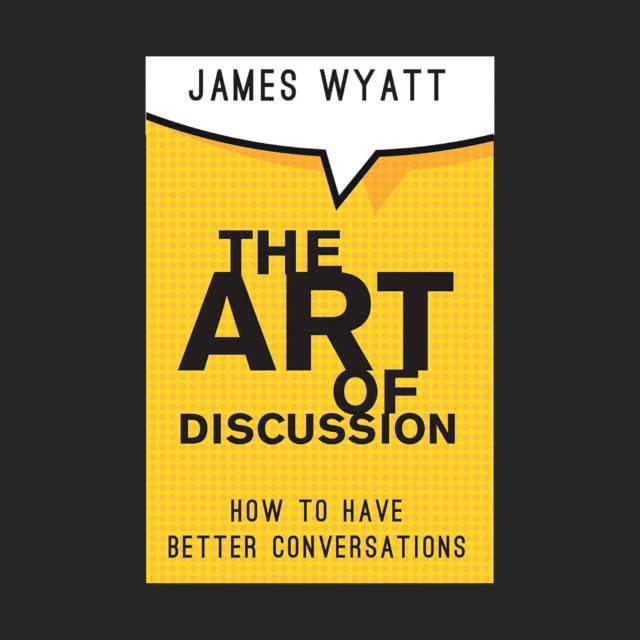
The Art of Discussion: How to Have Better Conversations
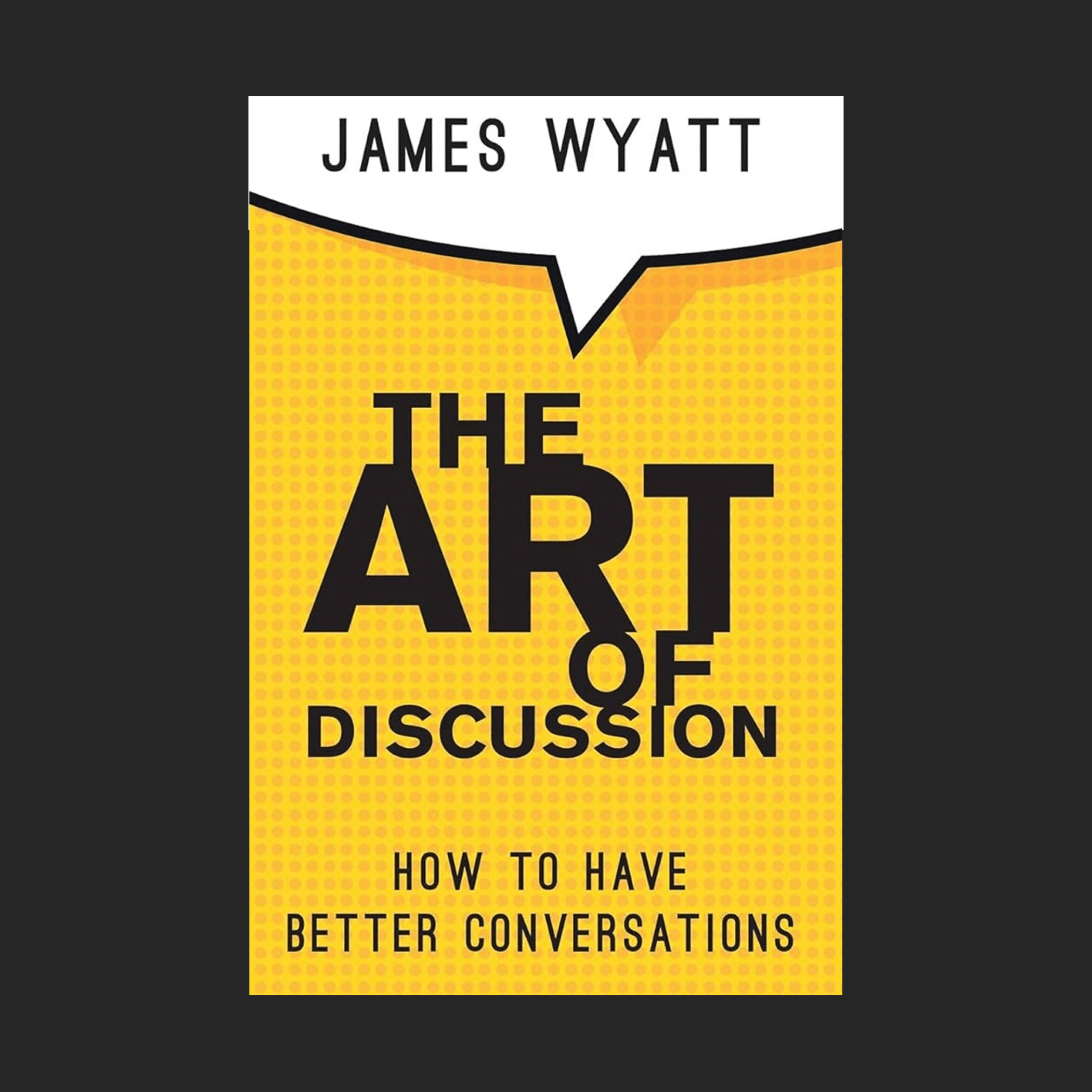
The Art of Discussion: How to Have Better Conversations
By James Wyatt (1993, Mathematics)
In an entertaining and thought-provoking style, this book considers some controversial topics in a way that shifts attention away from what is right and wrong to highlight the failings in our approach. ‘When our connected world should be bringing us closer together, polarised opinions and dysfunctional conversations are pushing us further apart. The Art of Discussion has never been more important.’
2020
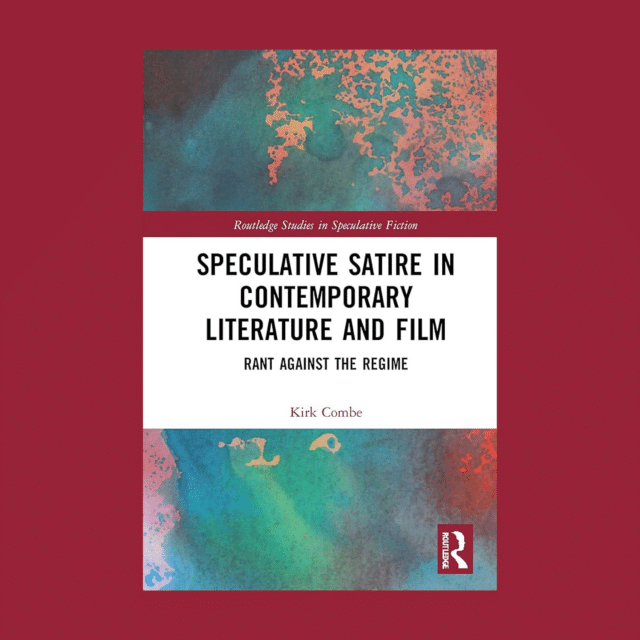
Speculative Satire in Contemporary Literature & Film
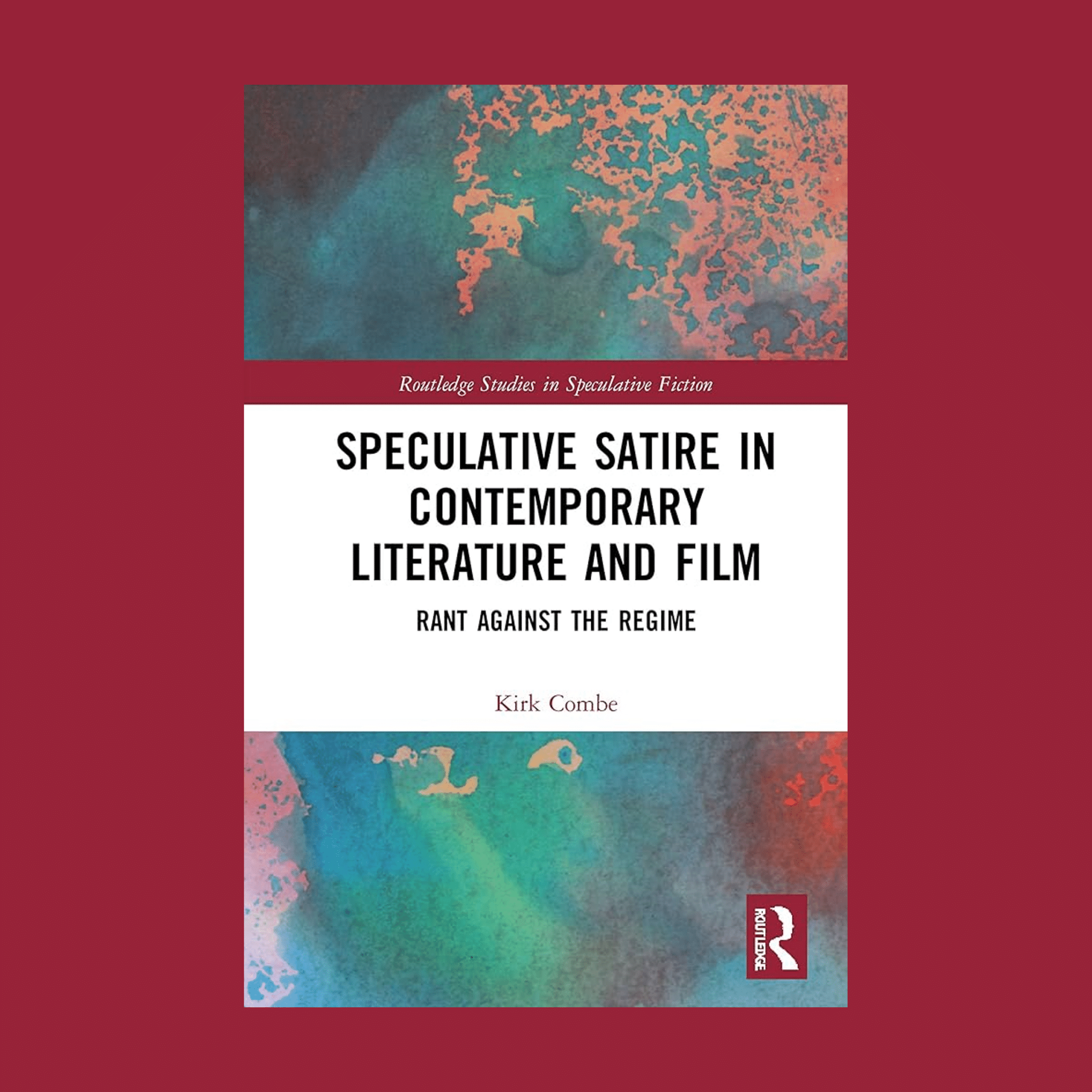
Speculative Satire in Contemporary Literature & Film
By Kirk Combe (1983, British Literature)
Since 1980, when neoliberal and neoconservative forces began their hostile takeover of western culture, a new type of political satire has emerged that works to unmask and deter those toxic doctrines. Literary and cultural critic Kirk Combe calls this new form of satire the Rant. The Rant is grim, highly imaginative, and complex in its blending of genres. It mixes facets of satire, science fiction, and monster tale to produce widely consumed spectacles—major studio movies, popular television/streaming series, bestselling novels—designed to disturb and to provoke. The Rant targets what Combe calls the Regime. Simply put, the Regime is the sum of the dangerous social, economic, and political orthodoxies spurred on by neoliberal and neoconservative polity. Such practices include free-market capitalism, corporatism, militarism, religiosity, imperialism, racism, patriarchy, and so on. In the Rant, then, we have a unique and wholly contemporary genre of political expression and protest: speculative satire.
More books by Kirk Combe
- Masculinity and Monstrosity in Contemporary Hollywood Films (Palgrave Macmillan Studies in Global Masculinities, co-authored with Brenda M. Boyle), 2013.
- A Martyr for Sin: Rochester’s Critique of Polity, Sexuality, and Society. Newark: University of Delaware Press. London: Associated University Presses, 1998.
- Theorizing Satire: Essays in Literary Criticism (co-edited collection of essays and co-authored introduction with Brian Connery). New York: St. Martin’s Press, 1995.

The Living Sea of Waking Dreams

The Living Sea of Waking Dreams
By Richard Flanagan (1984, Modern History)
An ember storm of a novel, this is Booker Prize-winning novelist Richard Flanagan at his most moving-and astonishing-best.
Anna’s aged mother is dying – if her three children would just allow it. Forced by their pity to stay alive, she increasingly escapes through her hospital window into visions of horror and delight.
When Anna’s finger vanishes and a few months later her knee disappears, Anna too feels the pull of the window. She begins to see that all around her others are similarly vanishing, but no one else notices. All Anna can do is keep her mother alive. But the window keeps opening wider, taking Anna and the reader ever deeper into a strangely beautiful novel about hope, love and orange-bellied parrots.
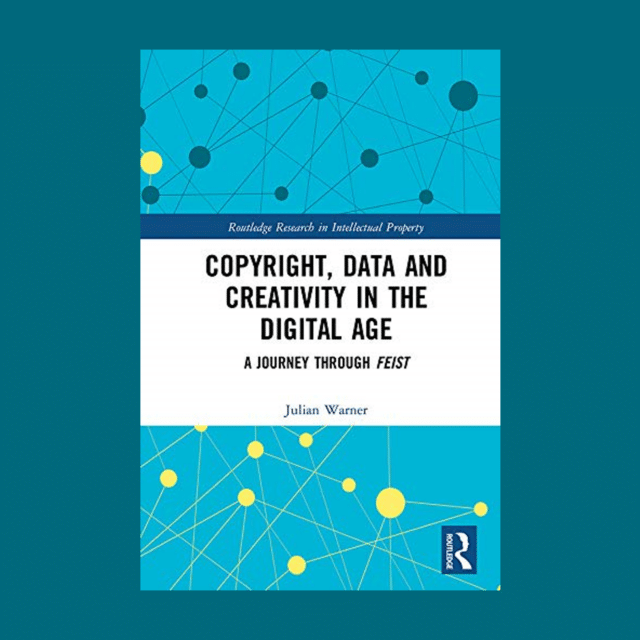
Copyright, Data and Creativity in the Digital Age
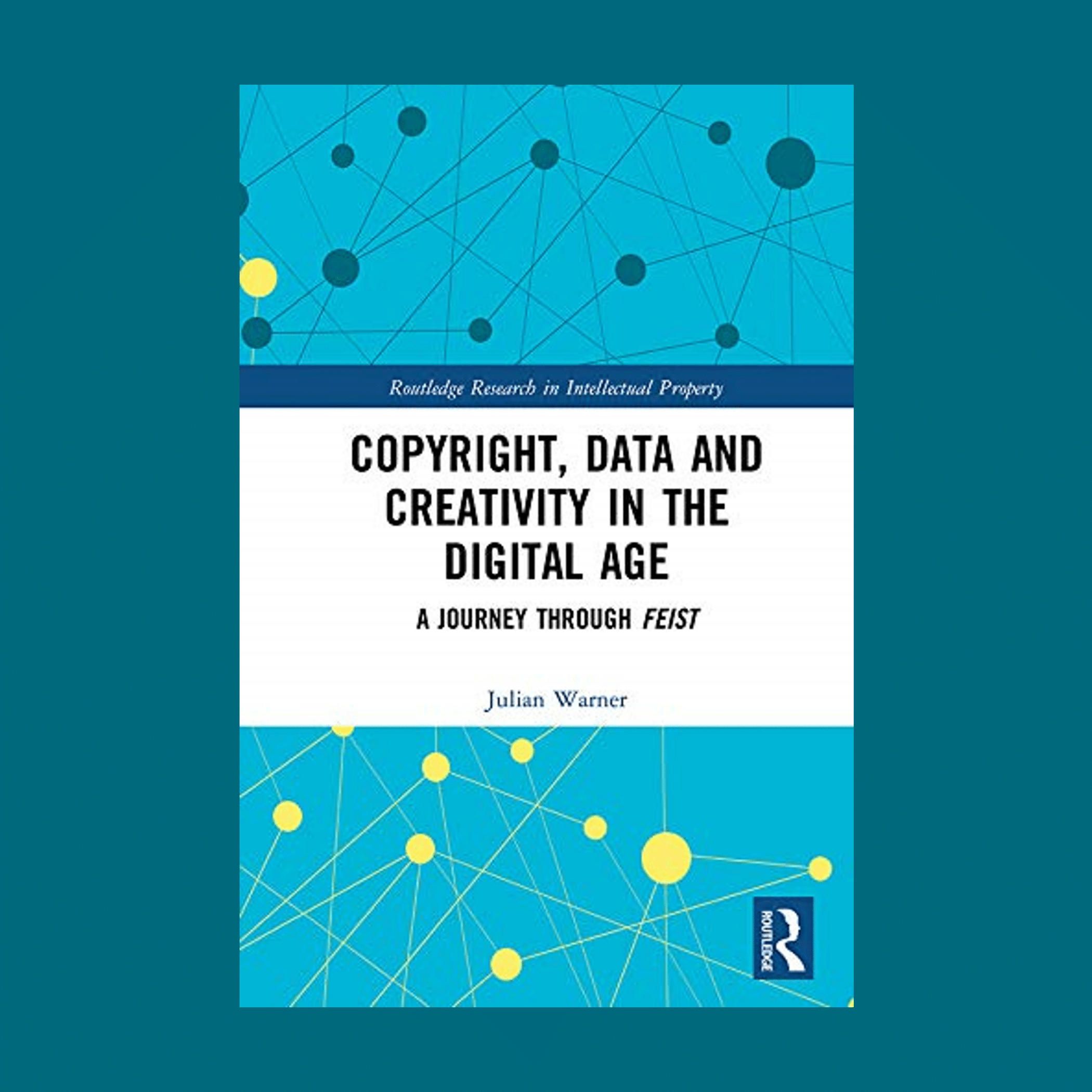
Copyright, Data and Creativity in the Digital Age
By Julian Warner (1978, DPhil English Literature)
The Supreme Court of the United States in Feist v. Rural (1991) required that databases must have a minimal degree of creativity for copyright. The judgment was highly significant and the subsequent period is understood as the post-Feist era. It has been globally influential. However, the decision is extremely complex and remains unsatisfactorily interpreted. In particular, it has been impossible to illuminate the creativity requirement.
The book gives an account of the decision’s conceptual structure, focusing on its full delineation of the opposite to creativity. In a radical and unprecedented innovation, it is correlated with an automatic computational process. Creativity itself is understood as non-computational or directly human activity concerned with meaning. Determining the presence of creativity is reduced to a four-stage test. This work then has acute practical current relevance to property in data in the digital age; it will also be of theoretical interest to, and is aimed at, researchers in, practitioners, and students of intellectual property worldwide.
More books by Julian Warner
- Human Information Retrieval (History and Foundations of Information Science Series). Cambridge, MA: MIT Press. 2010.
- From Writing to Computers. London and New York: Routledge. 1994.
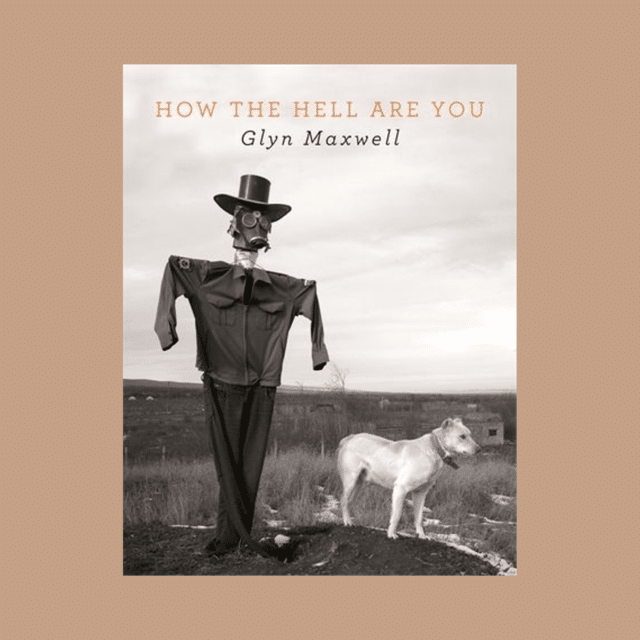
How The Hell Are You
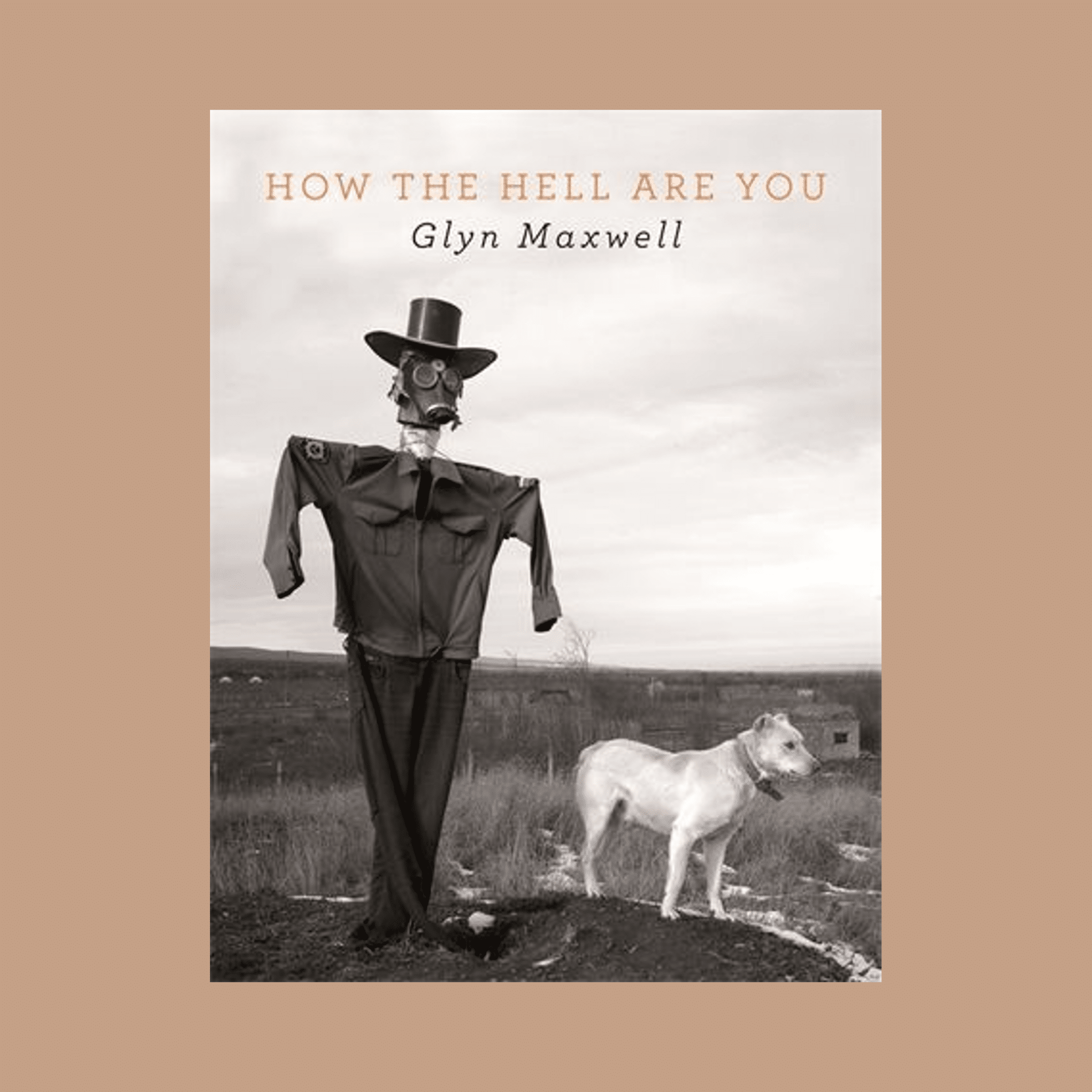
How The Hell Are You
By Glyn Maxwell (1982, English)
Here, there are squibs and satires, lyrics and songs, poems written to family members and in memory of loved ones, a series of poems written by an artificial intelligence that will thrill and disturb in equal measure, and a chance for the blank page to finally speak for itself. But How The Hell Are You is, in its way, also a quietly political book: Maxwell regards poetry as truth-telling, and these poems – in their intimate, unsparing accounts and clear-eyed reckonings – recoil from the lies and fake news of the age to actually ‘tell it like it is’. How The Hell Are You shows a remarkable imagination and mind working at full tilt, and is the most powerful expression of Maxwell’s talent to date.
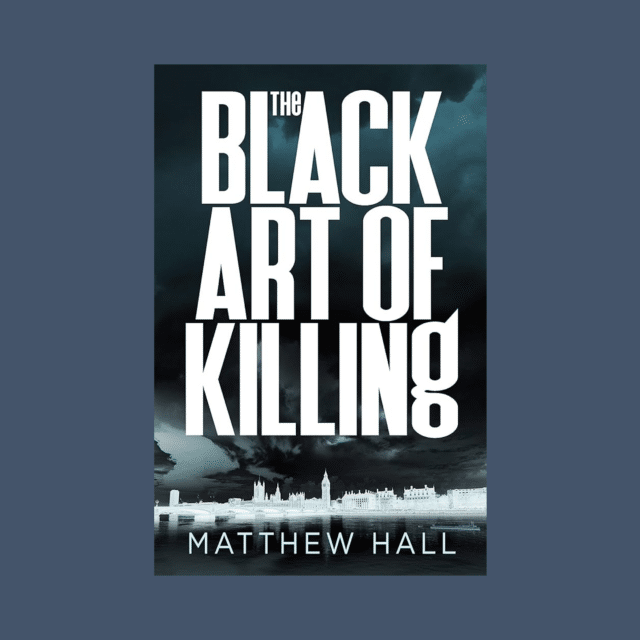
The Black Art of Killing
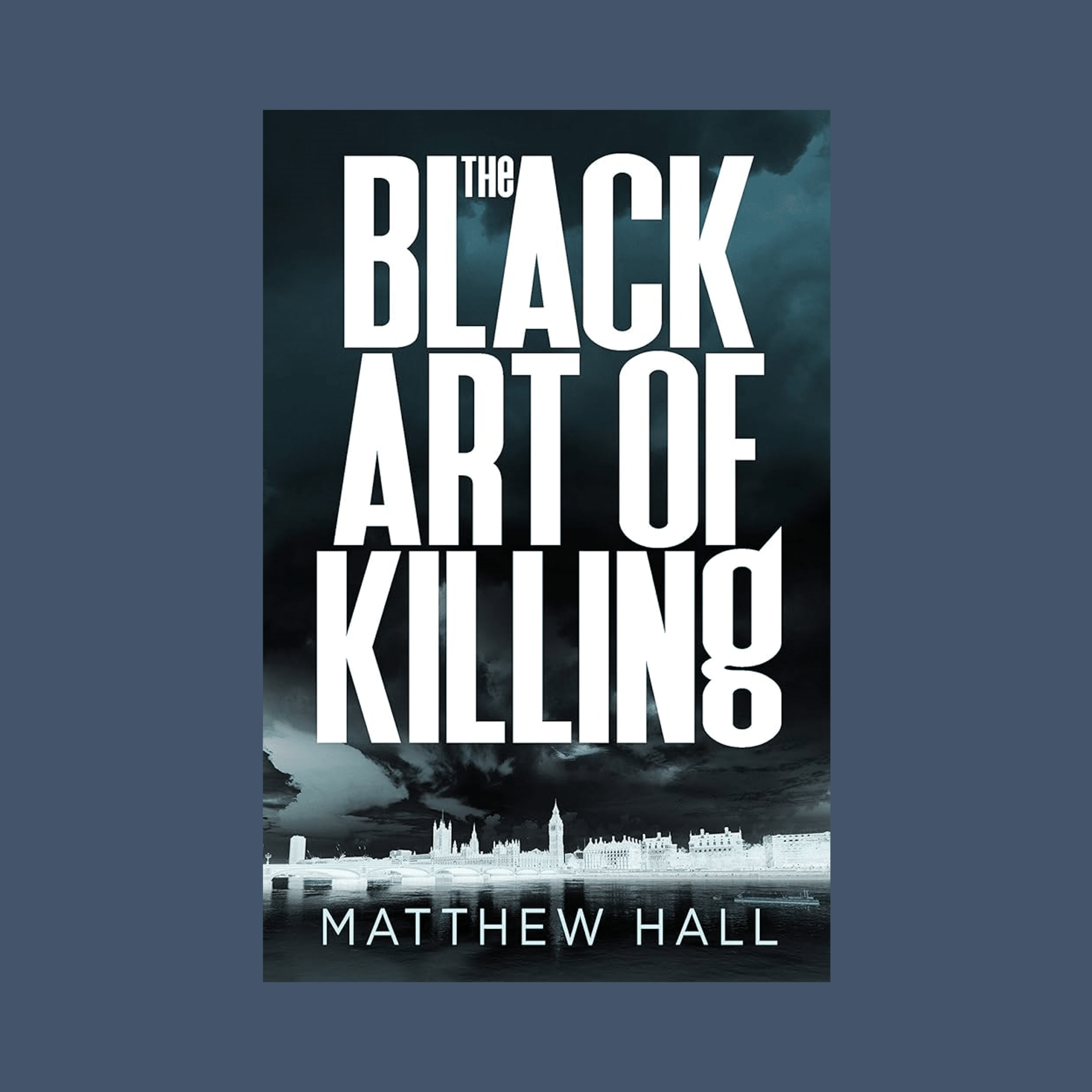
The Black Art of Killing
By Matthew Hall (1985, Law)
‘People sleep peacefully only because rough men stand ready to do violence on their behalf . . .’ For twenty years Leo Black was in the SAS. Now he lectures on violence instead of committing it, putting his soldiering days behind him in pursuit of a respectful academic life. But when a former comrade in arms is killed trying to prevent a scientist’s abduction, Black is faced with an unexpected choice. Be the upright citizen the university demands . . . Or avenge the dead man to whom he owes his life.
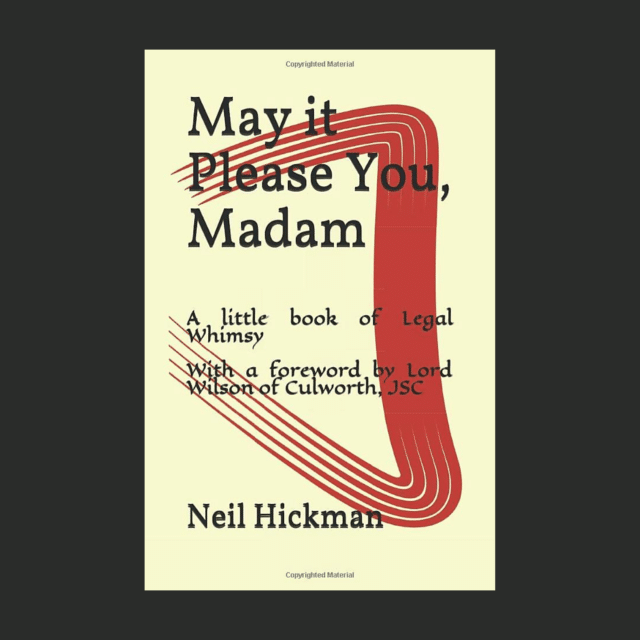
May it Please You, Madam
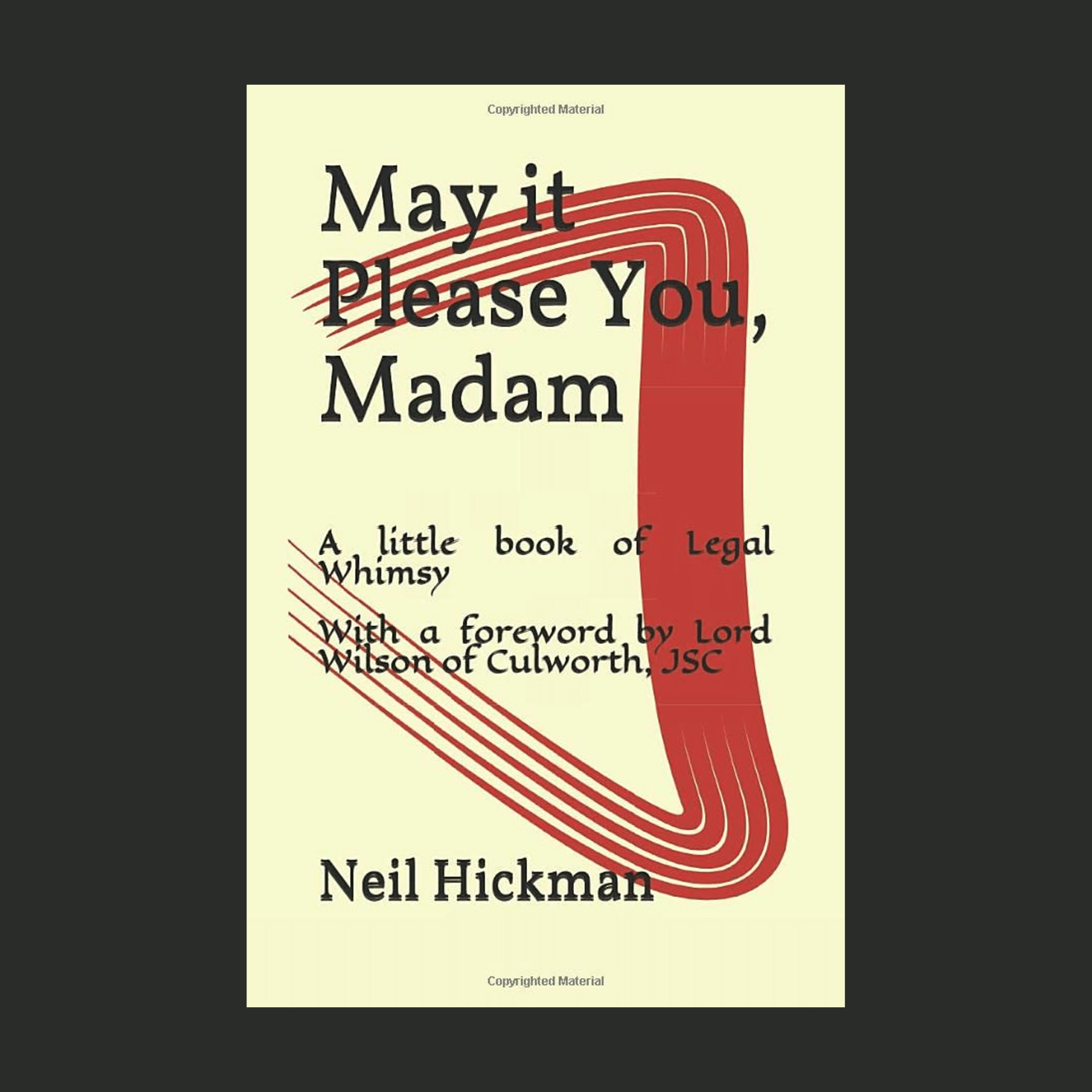
May it Please You, Madam
By Neil Hickman (1969, Chemistry/Law)
This collection of legal anecdotes from a former District Judge has a foreword by Lord Wilson of Culworth (1963, Law), a former Justice of the UK Supreme Court.
More books by Neil Hickman
- Memorable Games of British Chess was published in 2019. It is a collection of the classic games of British chess, including one or two which, though truly memorable, are by no means masterpieces; with a few more included by way of a little light relief. We shouldn’t be serious all the time, even at the chess board. It includes games by Worcester alumni Rupert Cross and Jonathan Speelman.
- Despotism Renewed? Lord Hewart Unburied was originally published (as An Analytical Study of Lord Hewart) in 2023 and republished on Amazon in 2024. It is a reappraisal of Lord Hewart CJ as a judge, and a re-examination of his controversial book The New Despotism.
2019

The Parisian

The Parisian
By Isabella Hammad (2009, English)
Midhat Kamal – dreamer, romantic, aesthete – leaves Palestine in 1914 to study medicine in France, under the tutelage of Dr Molineu. He falls deeply in love with Jeannette, the doctor’s daughter. But Midhat soon discovers that everything is fragile: love turns to loss, friends become enemies and everyone is looking for a place to belong.
Through Midhat’s eyes we see the tangled politics and personal tragedies of a turbulent era – the Palestinian struggle for independence, the strife of the early twentieth century, and the looming shadow of the Second World War. Lush and immersive, and devastating in its power, The Parisian is an elegant, richly-imagined debut from a dazzling new voice in fiction.
Winner of the Betty Trask Award 2020.
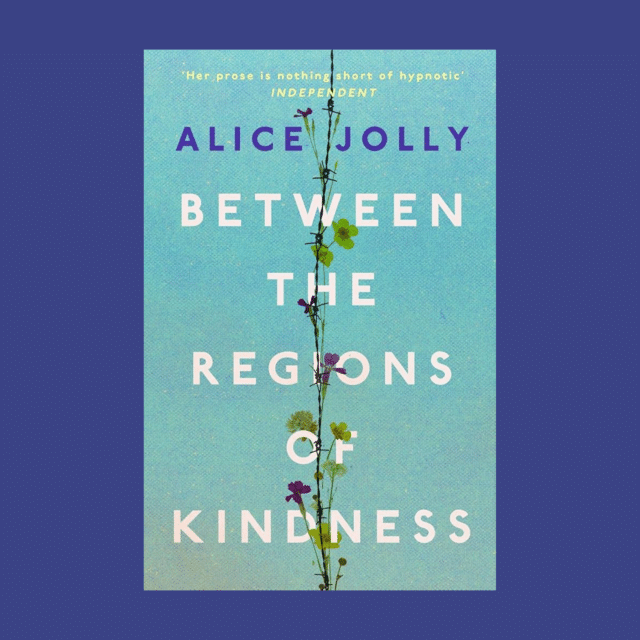
Between the Regions of Kindness

Between the Regions of Kindness
By Alice Jolly (1986, Modern History)
Coventry, 1941. The morning after one of the worst nights of the Blitz. Twenty two year old Rose enters a house that has been bombed and finds her best friend dead. Shocked and confused, she makes a decision that will reverberate for generations to come.
More than fifty years later, in modern day Brighton, Rose’s grand daughter Lara waits for the return of her eighteen year old son Jay. Reckless and idealistic, he has gone to Iraq to stand on a conflict line as an unarmed witness to peace.
Lara holds her parents, Mollie and Rufus, partly responsible for Jay’s departure. But in her attempts to explain their thwarted passions, she finds all her assumptions about her own life are called into question.
Then into this damaged family come two strangers – Oliver, a former faith healer, and Jemmy, a young woman devastated by the loss of a baby. Together they help to establish a partial peace – but at what cost?
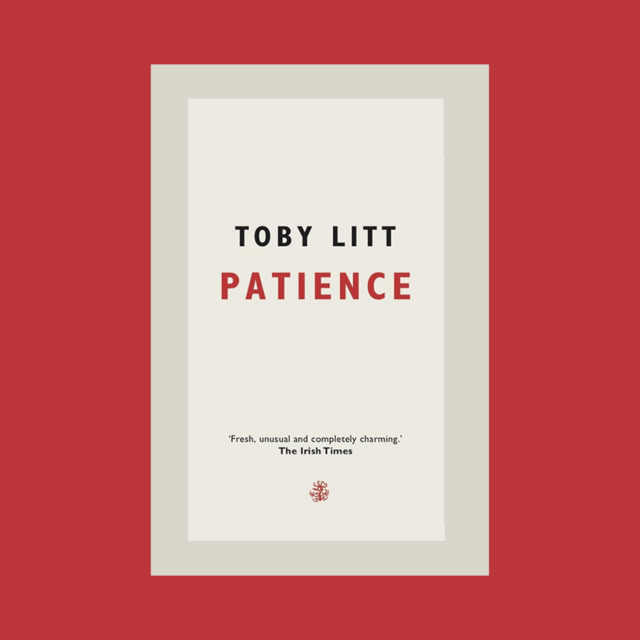
Patience
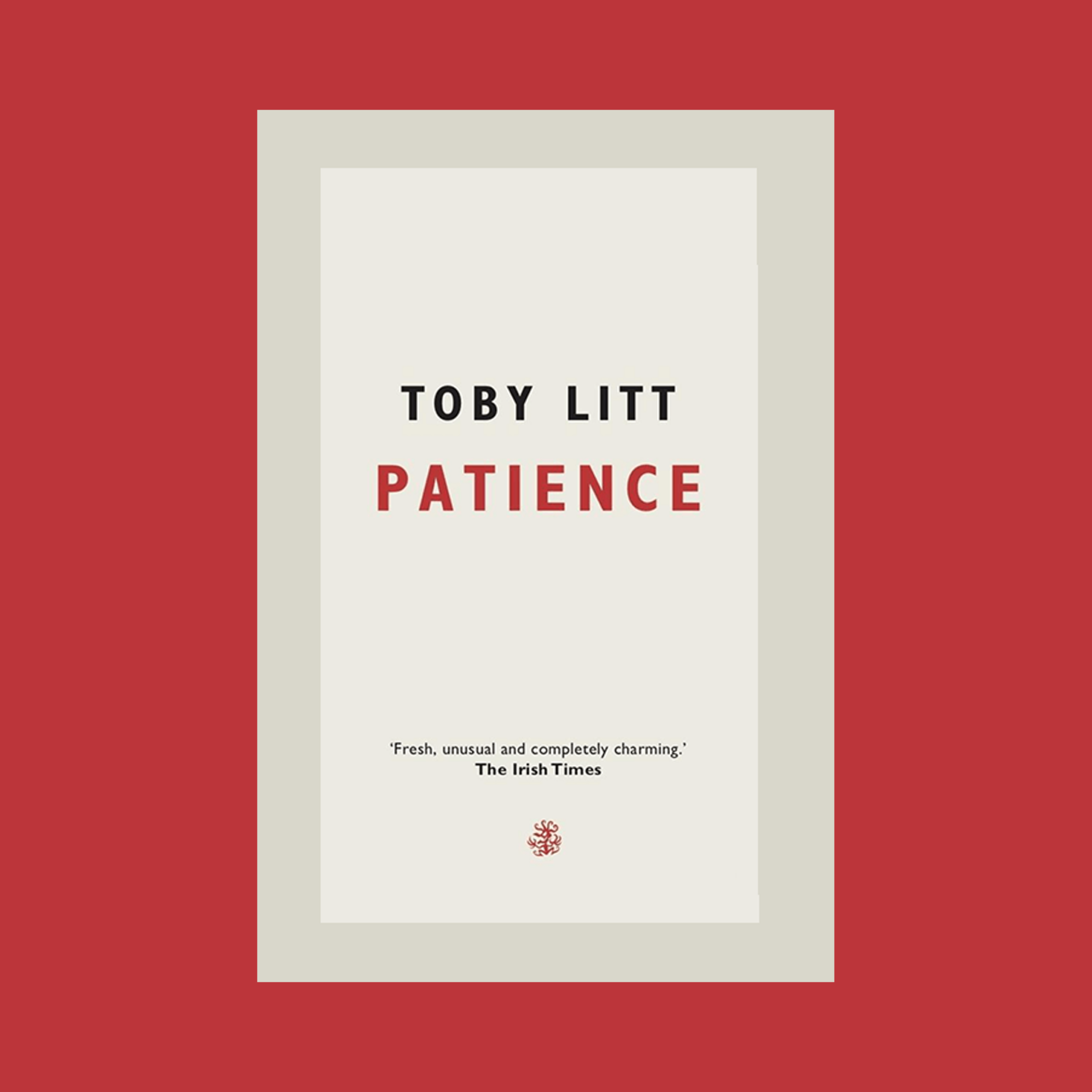
Patience
By Toby Litt FRSL (1986, English)
Elliott is something of a genius. He is hugely intelligent. He’s an incredible observer. He is able to memorise and categorise in astonishing detail. He has a beautiful and unusual imagination. More than that, Elliott is an ideal friend. He is overflowing with compassion and warmth and fun. To know him is to adore him.
But few people do know Elliott, properly. Because Elliott is also stuck. He lives in a wheelchair in an orphanage. It’s 1979. Elliott is forced to spend his days in an empty corridor, either gazing out of the window at the birds in a tree or staring into a white wall – wherever the Catholic Sisters who run the ward have decided to park him.
So when Jim, blind and mute but also headstrong, arrives on the ward and begins to defy the Sisters’ restrictive rules, Elliott finally sees a chance for escape. Individually, the unloved, unvalued orphans will stay just where they are; together, they could achieve a magnificent freedom – if only for a few hours.
But how can Elliott, unable to move or speak clearly, communicate all this to Jim? How can he even get Jim to know he exists? Patience is a remarkable story of love and friendship, courage and adventure – and finding joy in the most unlikely of settings. Elliott and Jim are going to have some fun.

Divine Bodies: Resurrecting Perfection in the New Testament & Early Christianity

Divine Bodies: Resurrecting Perfection in the New Testament & Early Christianity
By Candida R. Moss (1996, Theology)
A path-breaking scholar’s insightful reexamination of the resurrection of the body and the construction of the self. When people talk about the resurrection they often assume that the bodies in the afterlife will be perfect. But which version of our bodies gets resurrected—young or old, healthy or sick, real-to-life or idealized? What bodily qualities must be recast in heaven for a body to qualify as both ours and heavenly?
The resurrection is one of the foundational statements of Christian theology, but when it comes to the New Testament only a handful of passages helps us answer the question ‘What will those bodies be like?’ More problematically, the selection and interpretation of these texts are grounded in assumptions about the kinds of earthly bodies that are most desirable. Drawing upon previously unexplored evidence in ancient medicine, philosophy, and culture, this illuminating book both revisits central texts—such as the resurrection of Jesus—and mines virtually ignored passages in the Gospels to show how the resurrection of the body addresses larger questions about identity and the self.

Romans Disarmed

Romans Disarmed
By Dr Sylvia C. Keesmaat (1989, DPhil Theology) & Dr Brian J. Walsh
Globalization. Homelessness. Ecological and economic crisis. Conflicts over sexuality. Violence. These crisis-level issues may seem unique to our times, but Paul’s Letter to the Romans has something to say to all of them.
Following their successful Colossians Remixed, Sylvia Keesmaat and Brian Walsh unpack the meaning of Romans for its original context and for today. The authors demonstrate how Romans disarms the political, economic, and cultural power of the Roman Empire and how this ancient letter offers hope in today’s crisis-laden world.
Romans Disarmed helps readers enter the world of ancient Rome and see how Paul’s most radical letter transforms the lives of the marginalized then and now. Intentionally avoiding abstract debates about Paul’s theology, Keesmaat and Walsh move back and forth between the present and the past as they explore themes of home, economic justice, creation care, the violence of the state, sexuality, and Indigenous reconciliation. They show how Romans engages with the lived reality of those who suffer from injustice, both in the first century and in the midst of our own imperial realities.

Memorable Games of British Chess

Memorable Games of British Chess
By Neil Hickman (1969, Chemistry/Law)
A collection of the classic games of British chess, including one or two which, though truly memorable, are by no means masterpieces; with a few more included by way of a little light relief. We shouldn’t be serious all the time, even at the chess board. It includes games by Worcester alumni Rupert Cross and Jonathan Speelman.
More books by Neil Hickman
- May it Please You, Madam, is a collection of legal anecdotes from a former District Judge with a foreword by Lord Wilson of Culworth (1963, Law), a former Justice of the UK Supreme Court.
- Despotism Renewed? Lord Hewart Unburied was originally published (as An Analytical Study of Lord Hewart) in 2023 and republished on Amazon in 2024. It is a reappraisal of Lord Hewart CJ as a judge, and a re-examination of his controversial book The New Despotism.

Copyright and Collective Authorship

Copyright and Collective Authorship
By Daniela Simone (2007, Law)
As technology makes it easier for people to work together, large-scale collaboration is becoming increasingly prevalent. In this context, the question of how to determine authorship – and hence ownership – of copyright in collaborative works is an important question to which current copyright law fails to provide a coherent or consistent answer. In Copyright and Collective Authorship, Daniela Simone engages with the problem of how to determine the authorship of highly collaborative works. Employing insights from the ways in which collaborators understand and regulate issues of authorship, the book argues that a recalibration of copyright law is necessary, proposing an inclusive and contextual approach to joint authorship that is true to the legal concept of authorship but is also more aligned with creative reality.

André Gide and Curiosity

André Gide and Curiosity
By Victoria Reid (1996, French & German)
This comprehensive exploration of curiosity in the fiction and life-writing of André Gide (1869–1951) is an important modernist contribution to the field of curiosity in literature and cultural studies more broadly. Curiosity was a credo for Gide. By observing the world and then manifesting in writing these observations, he stimulates the curiosity of readers, conceived as virtual conduits of a curiosity once his own. Using a thematic structure of sexual, scientific and writerly curiosity, this volume identifies processes of curiosity in the life-writing (including the travel-writing) which illuminate processes in the fiction, and vice versa. Theories of fetishism, gender and sexuality are applied to Gide’s corpus to illustrate his championing of a masculine curiosity of enlightenment and adventure over a feminised ‘curiosité-défaillance’ of disobedience and harm, and to explore objects eliciting his incuriosity. Gide’s creativity is nourished by his curiosity, as close readings of his work informed by Melanie Klein’s psychoanalytic writing on epistemophilia reveal. Curiosity is a rewarding, non-reductionist perspective from which the exceptional variety of Gide’s subject matter, style and genre can be more coherently understood. Research draws principally on the six Pléiade volumes of Gide’s œuvre, published 1996–2009.
Victoria Reid is also the co-editor, with Andrew Radford, of Franco-British Cultural Exchanges, 1880-1940: Channel Packets (London: Palgrave Macmillan, 2012).









